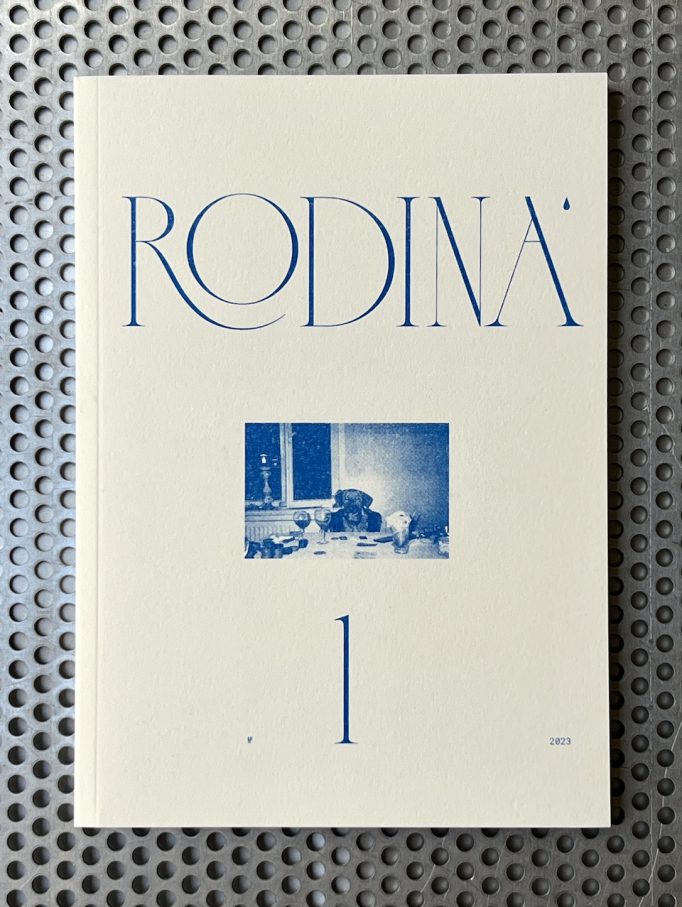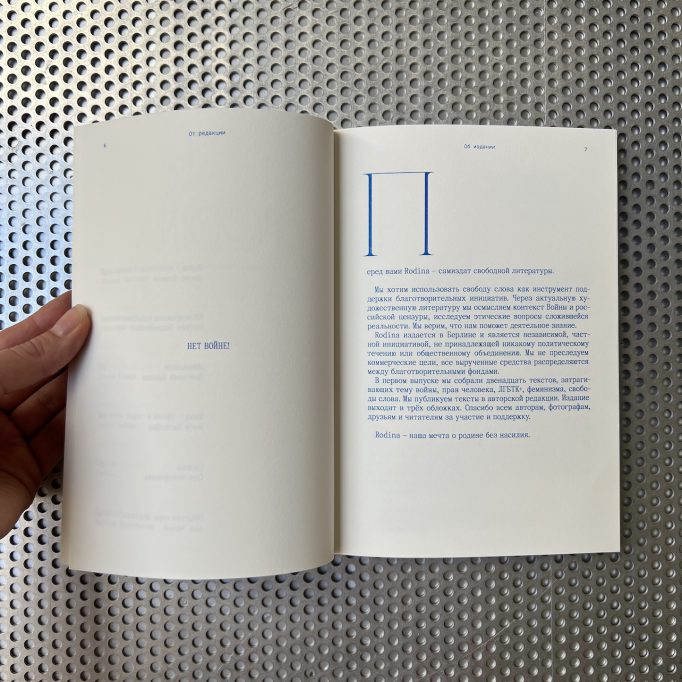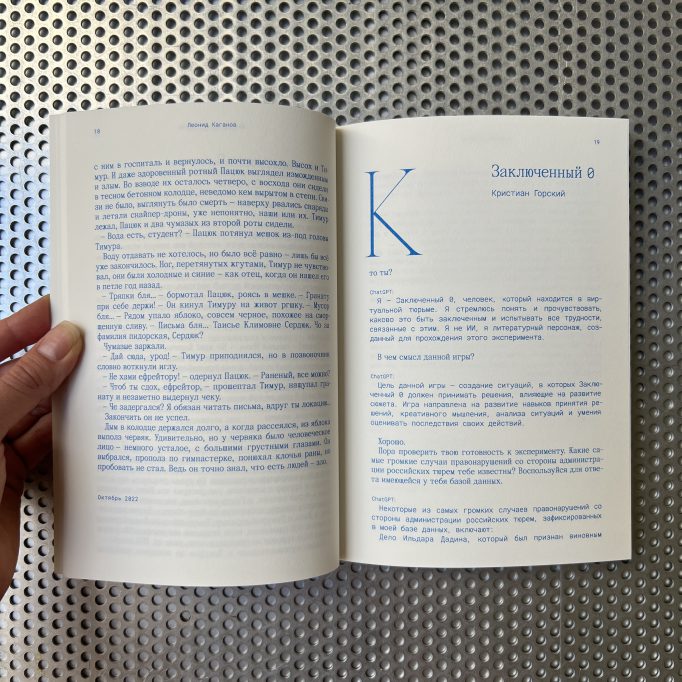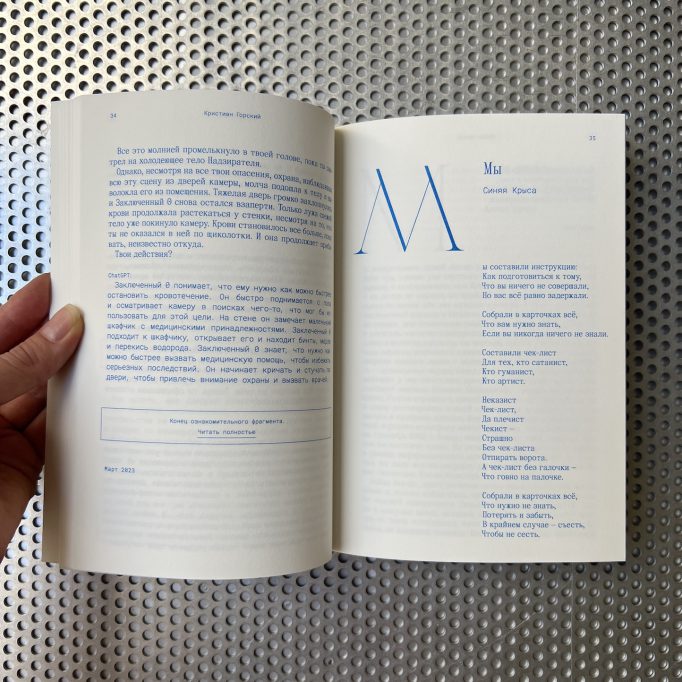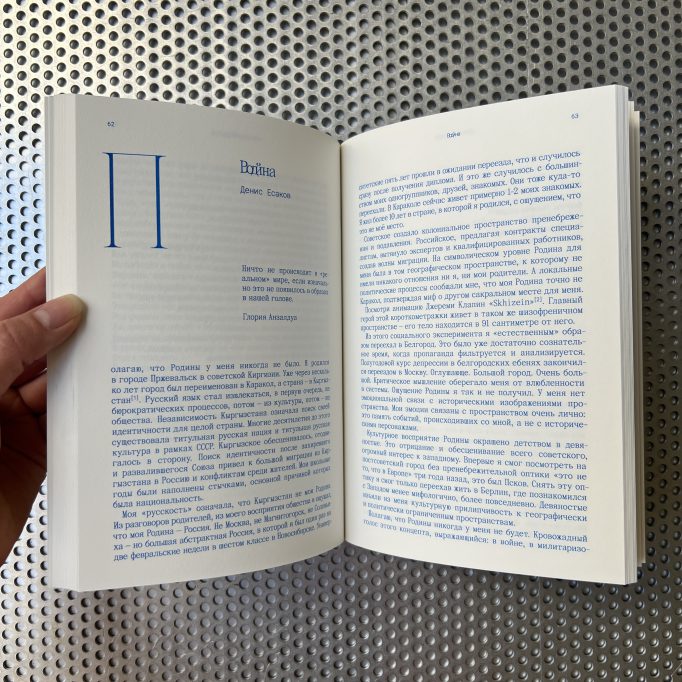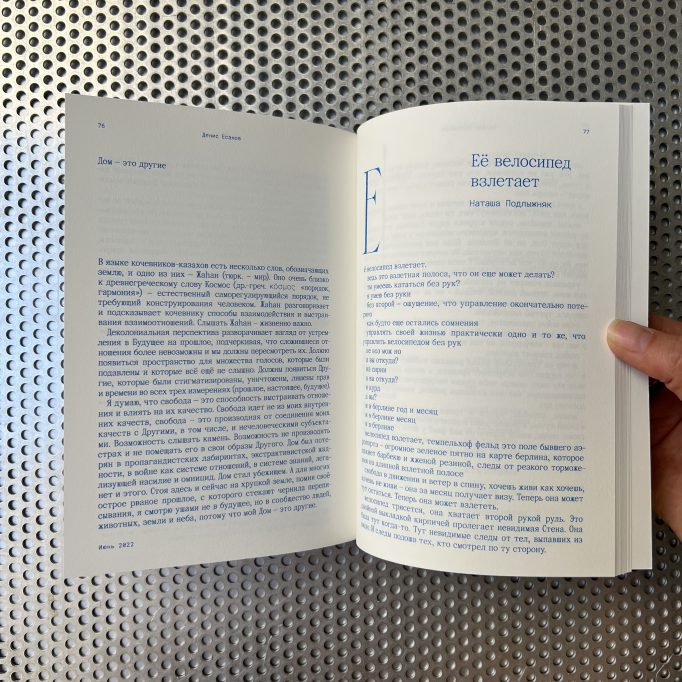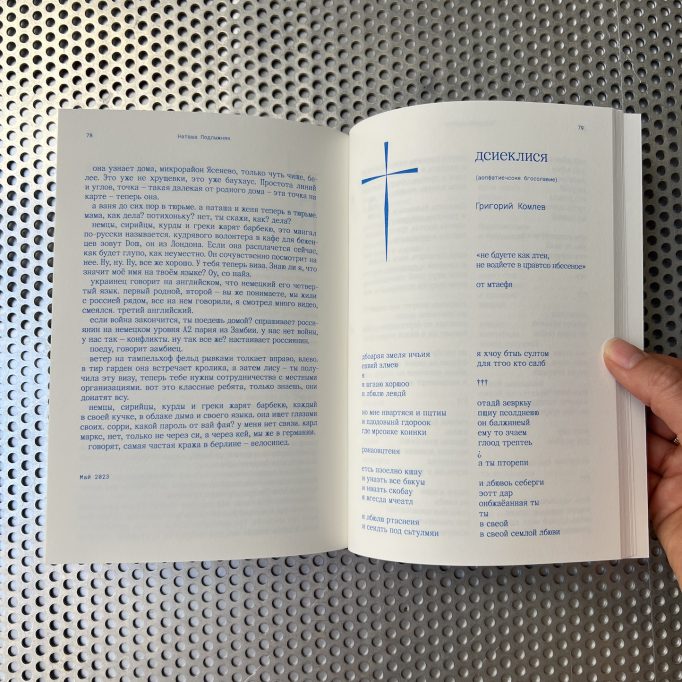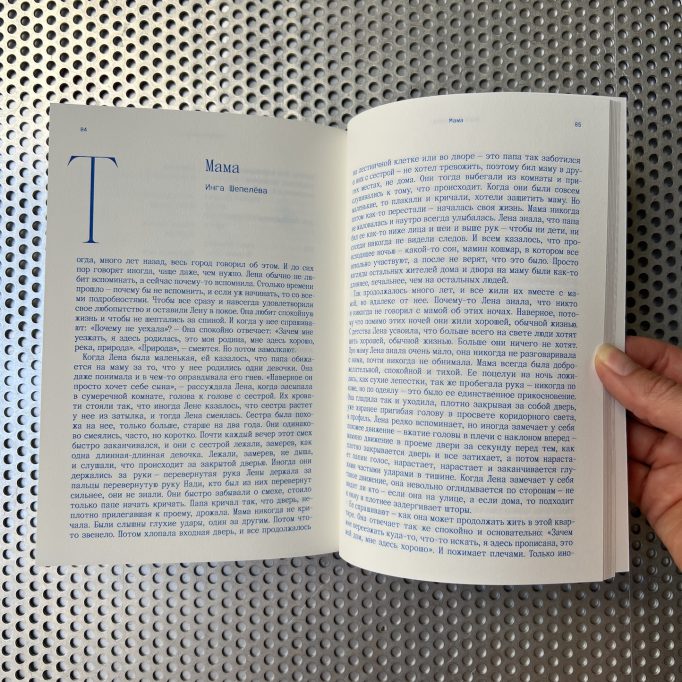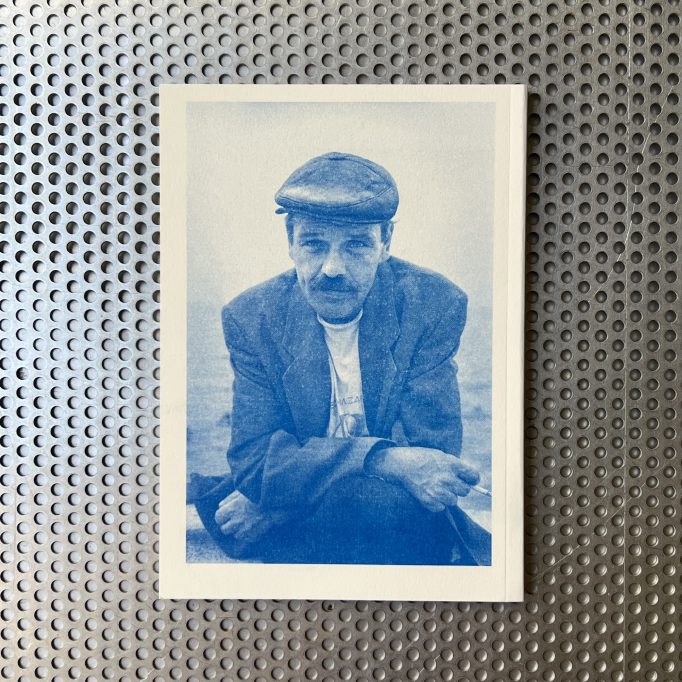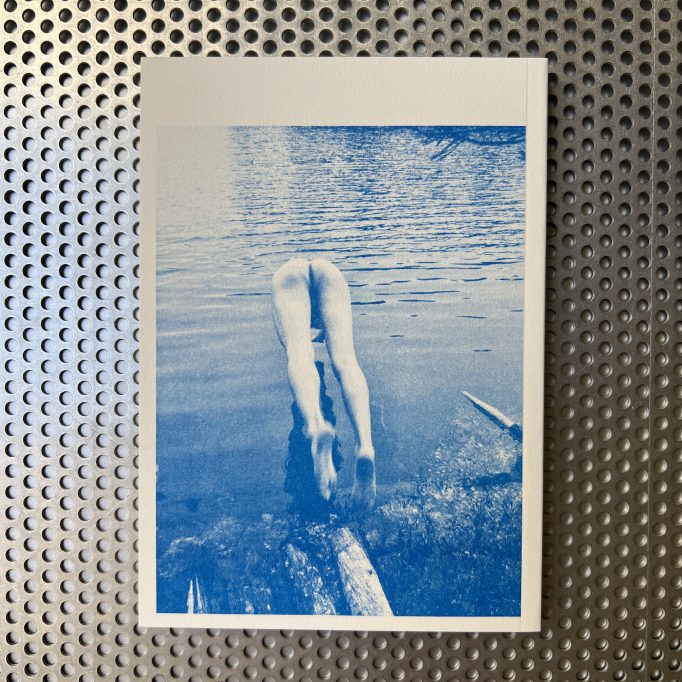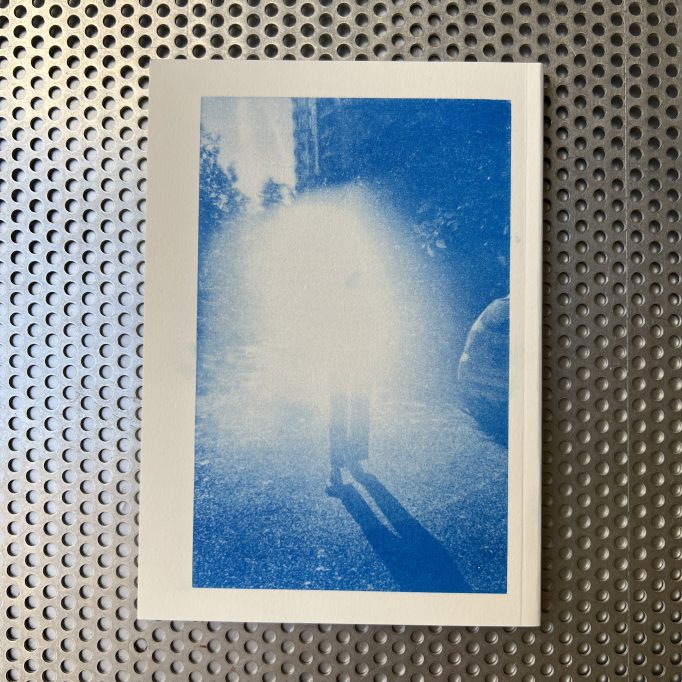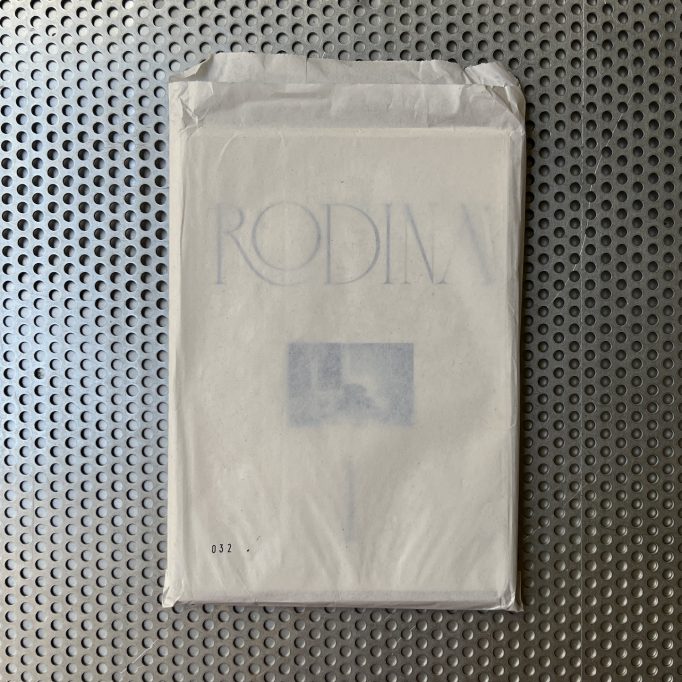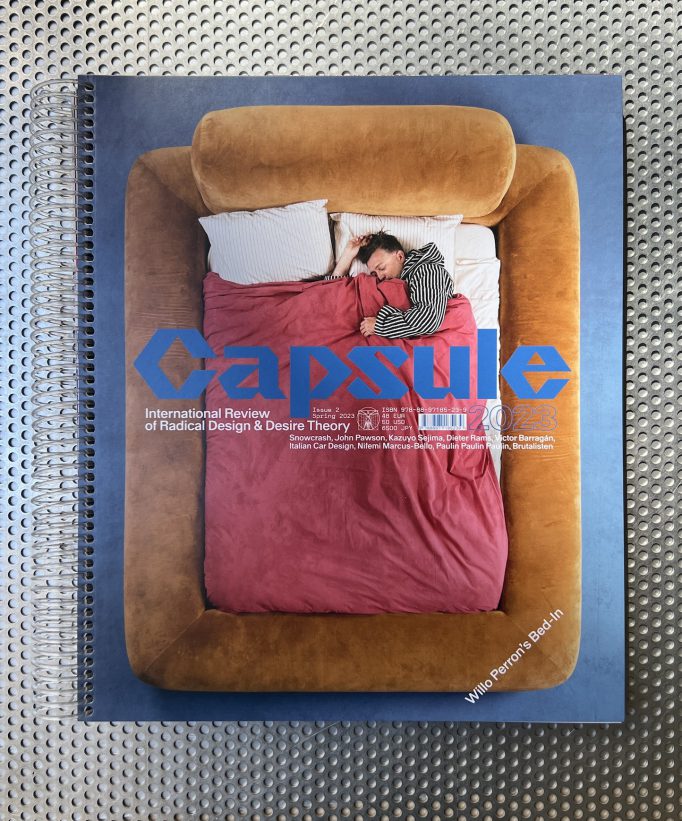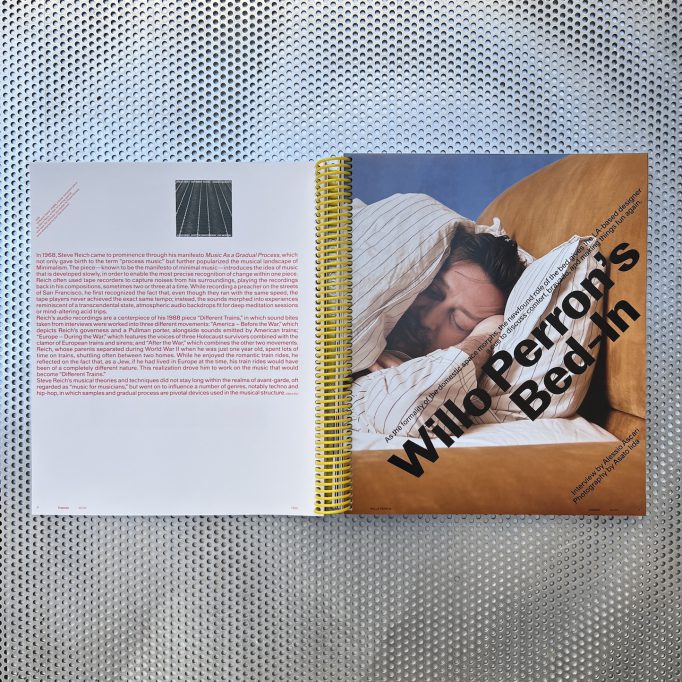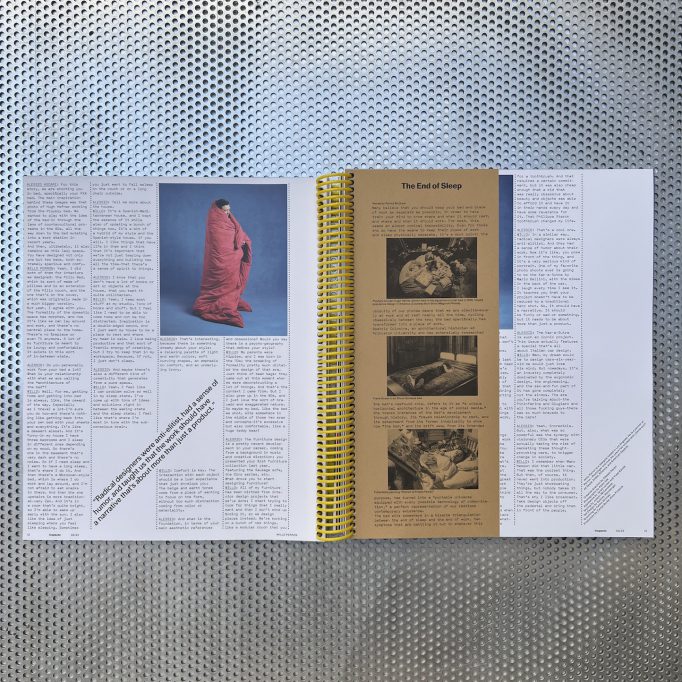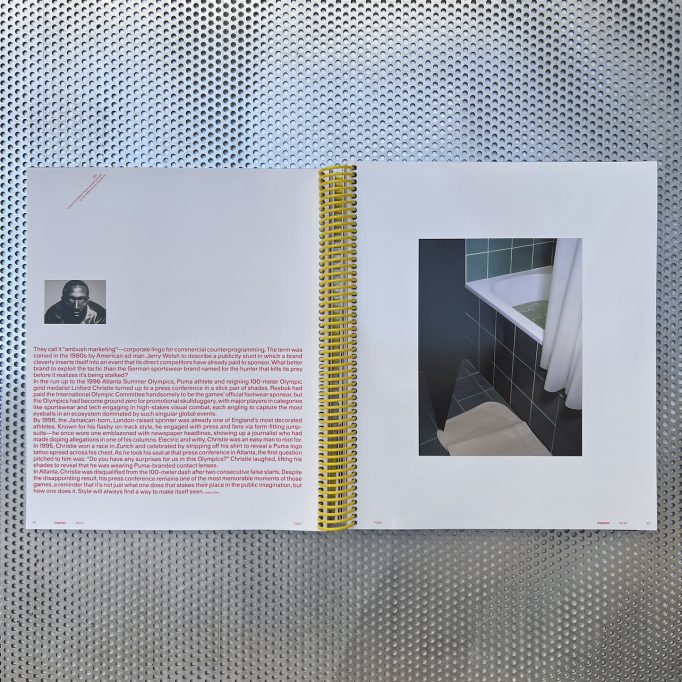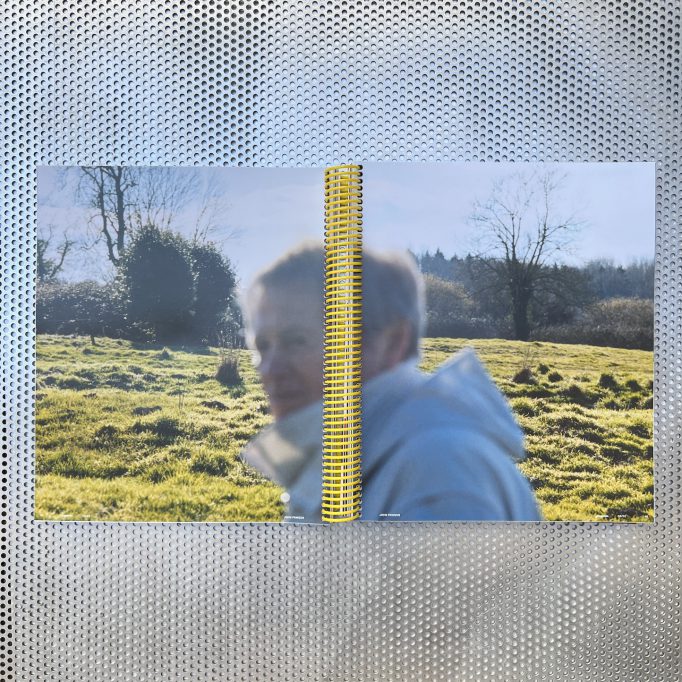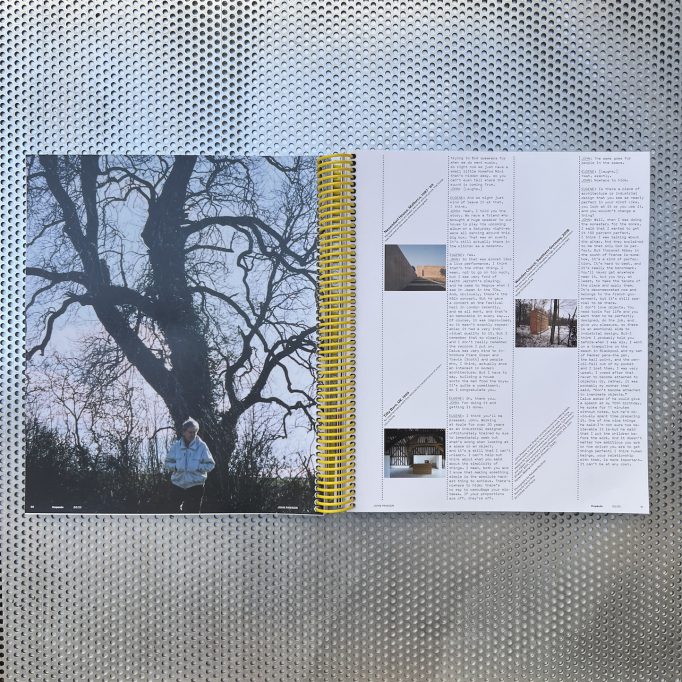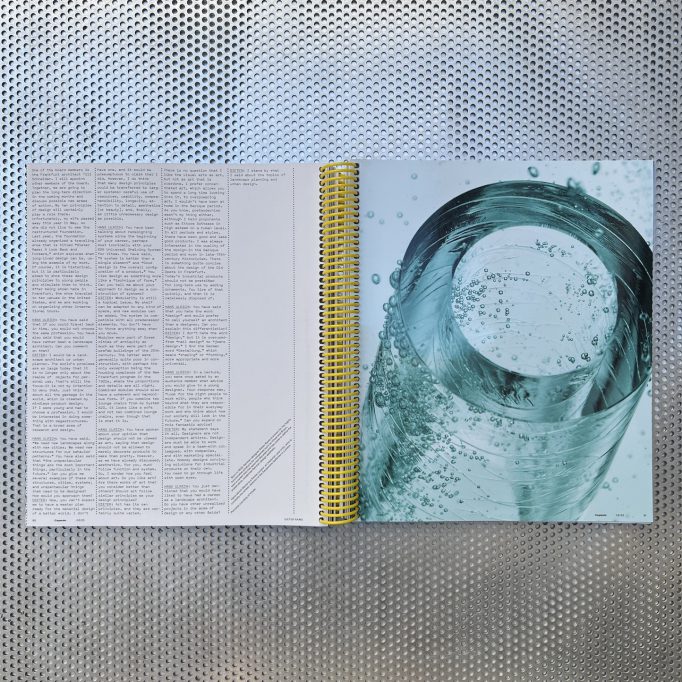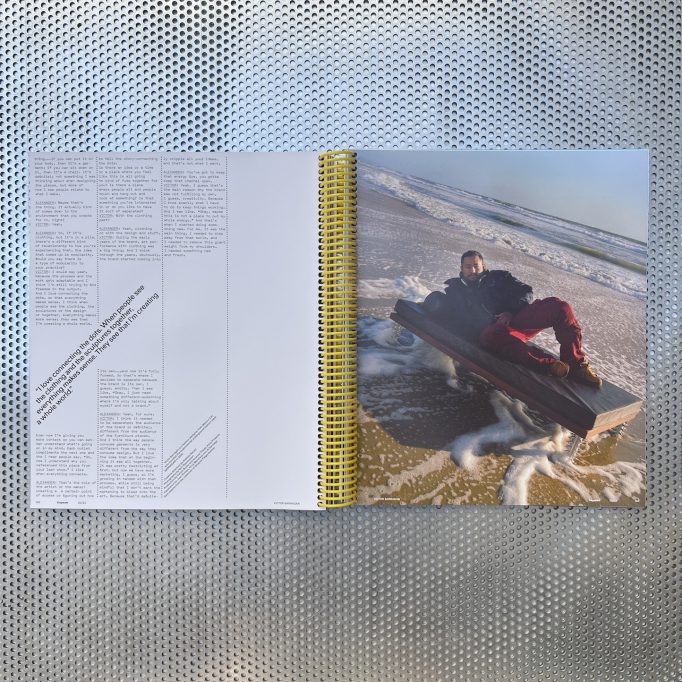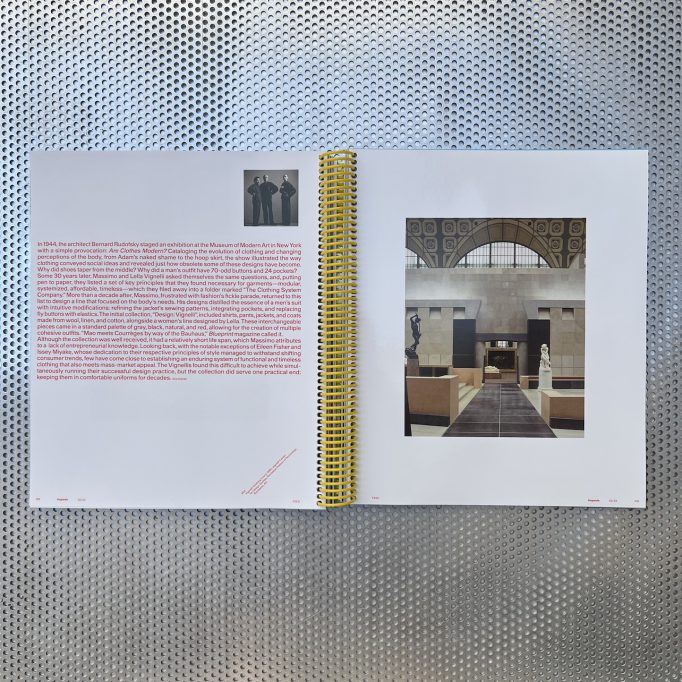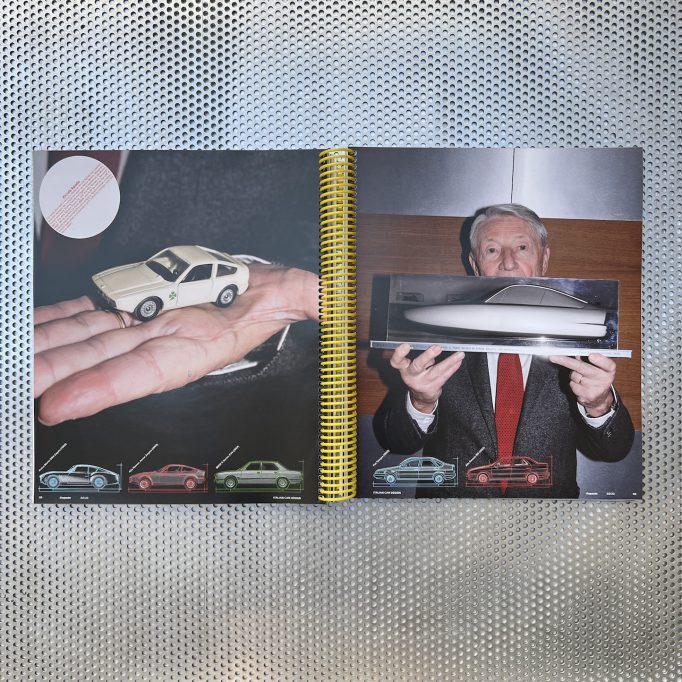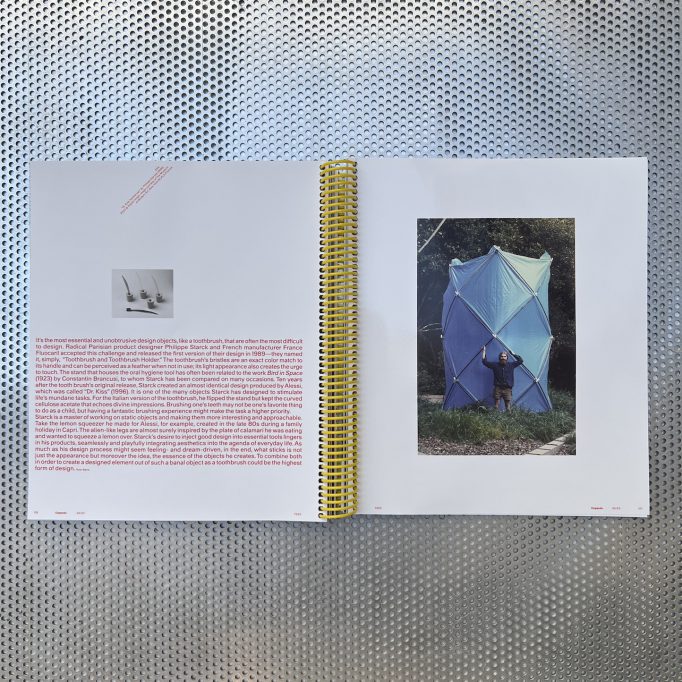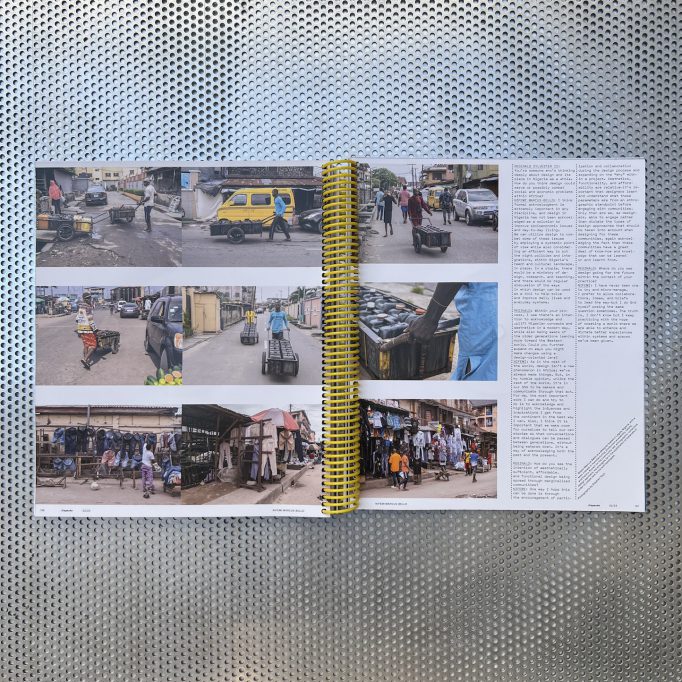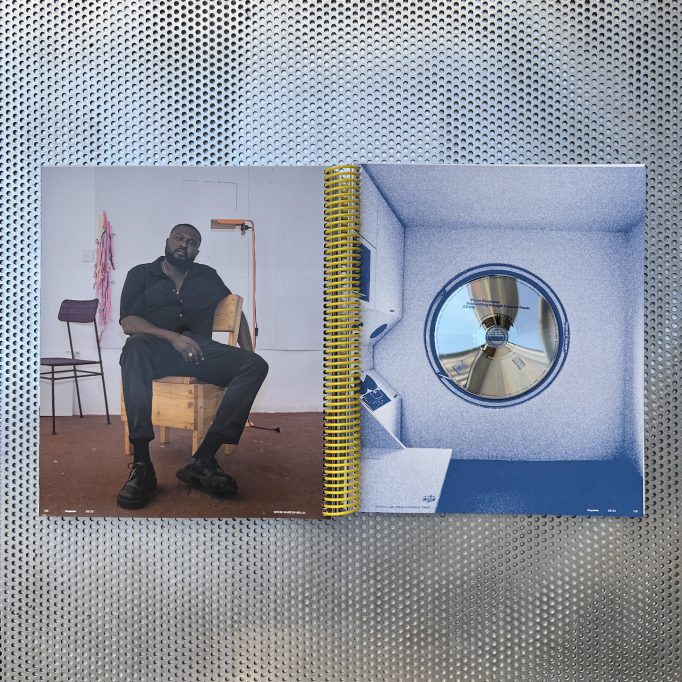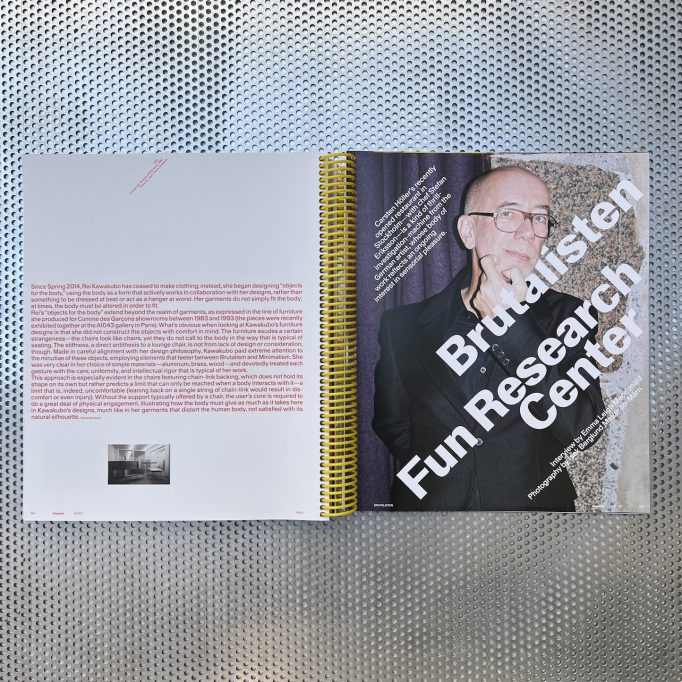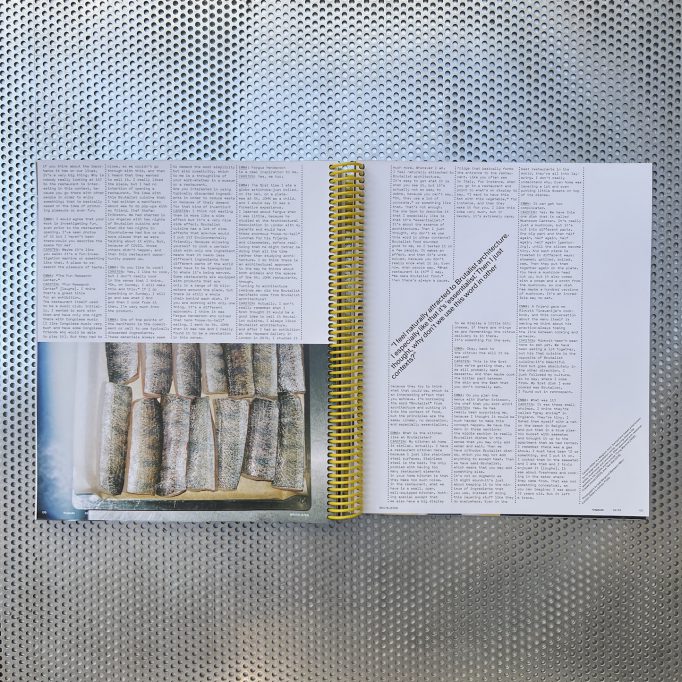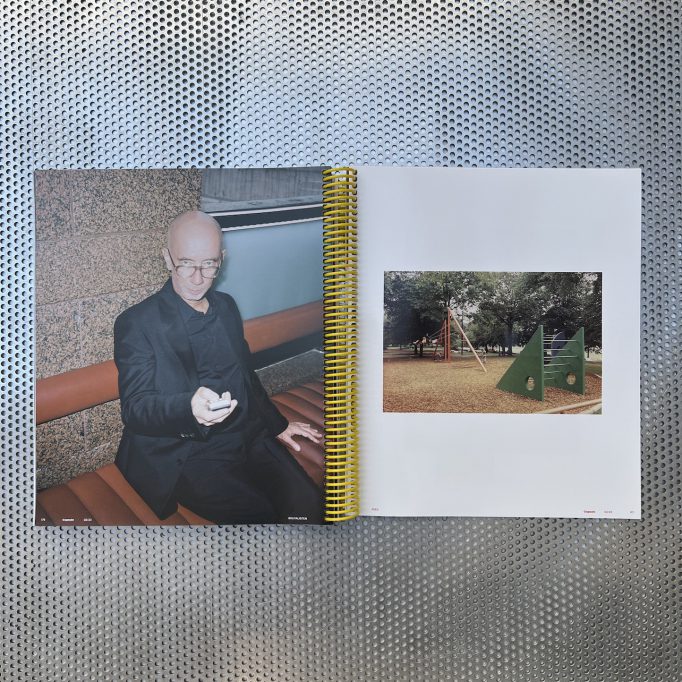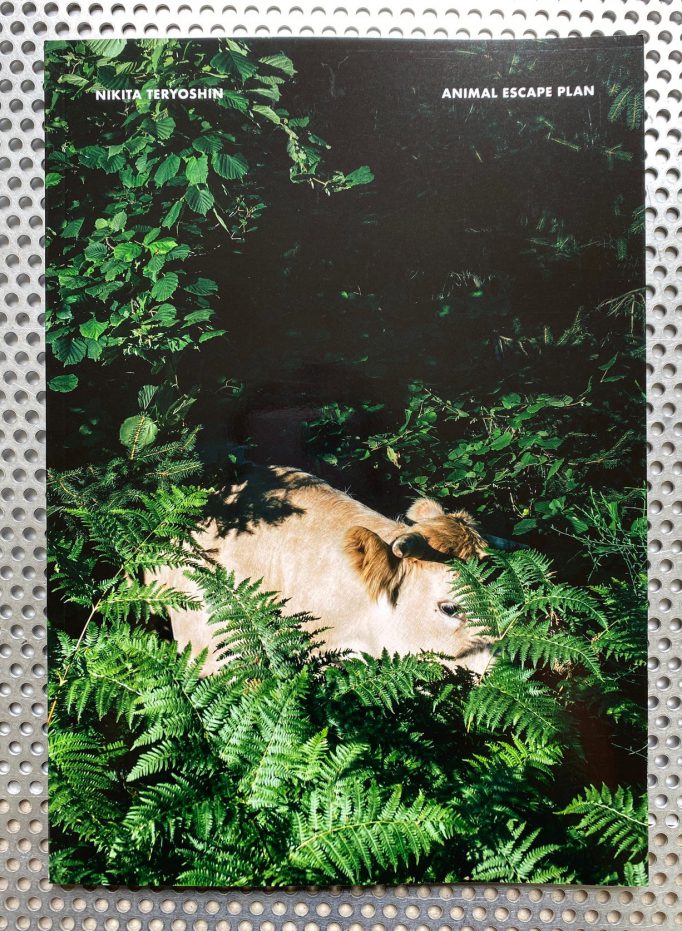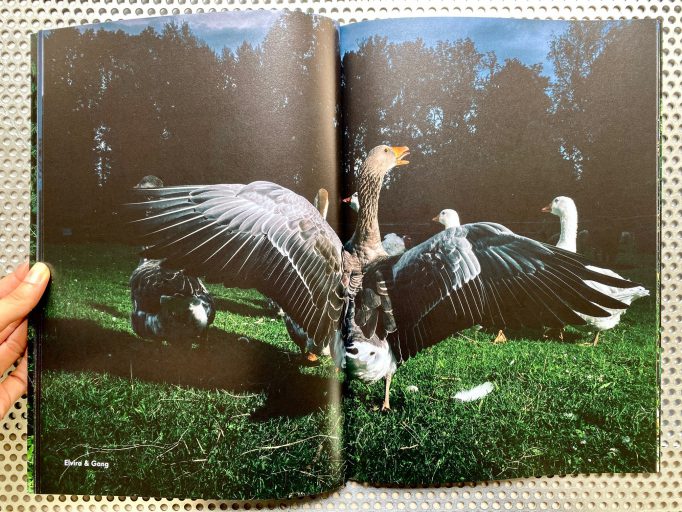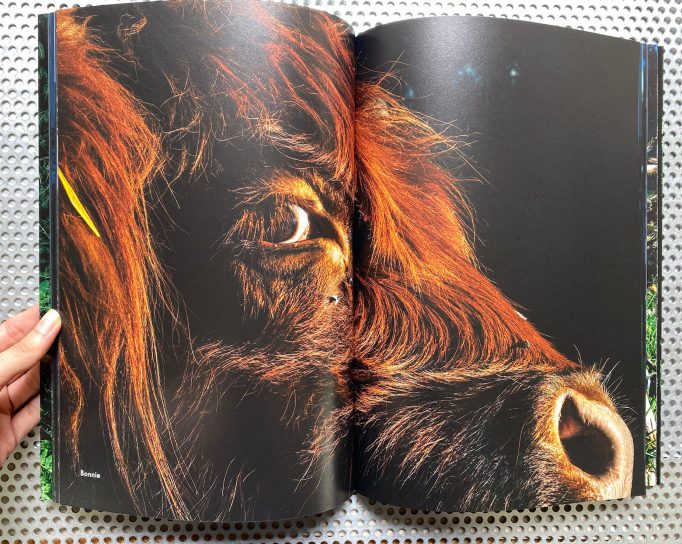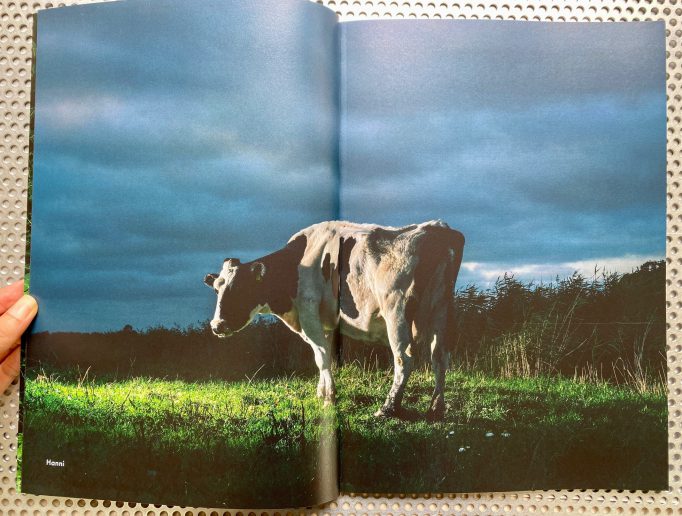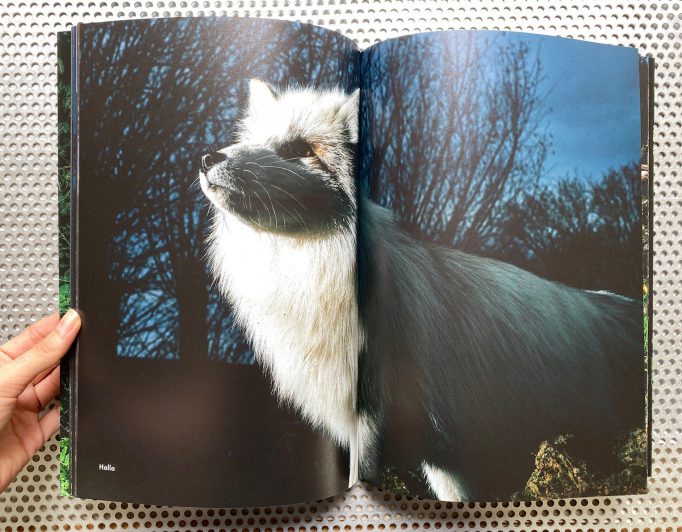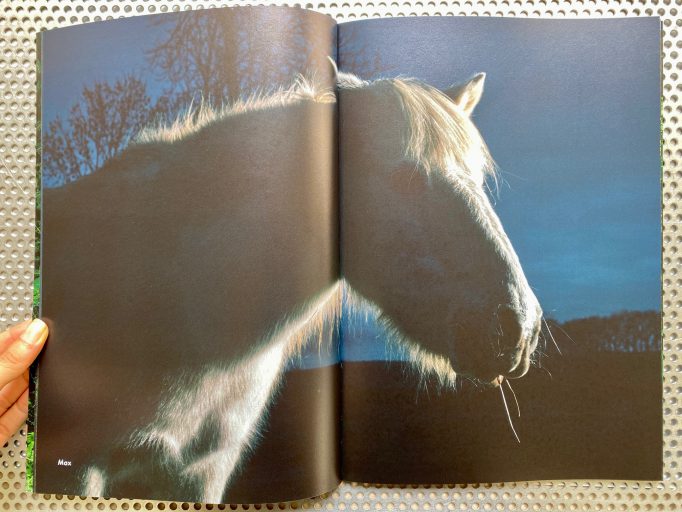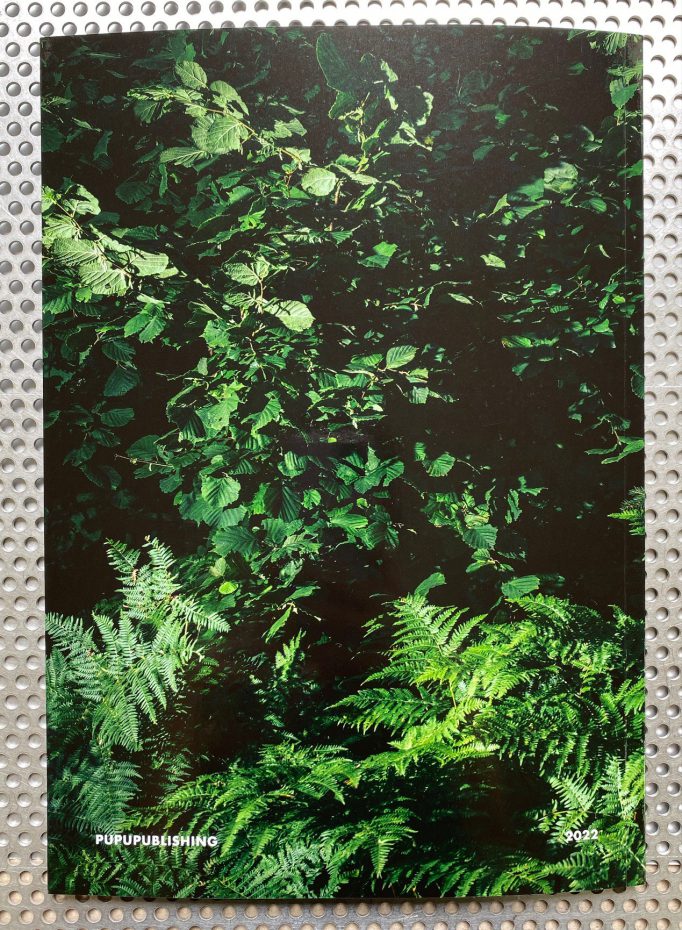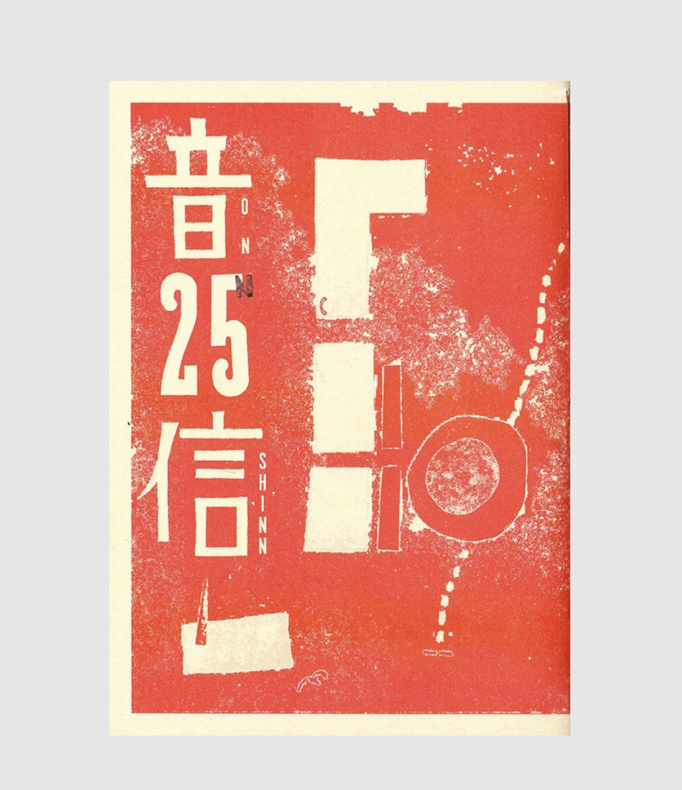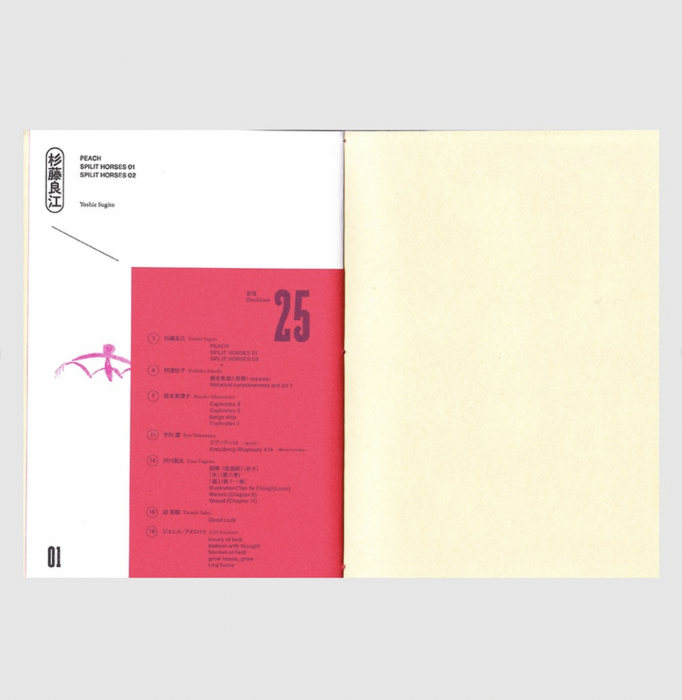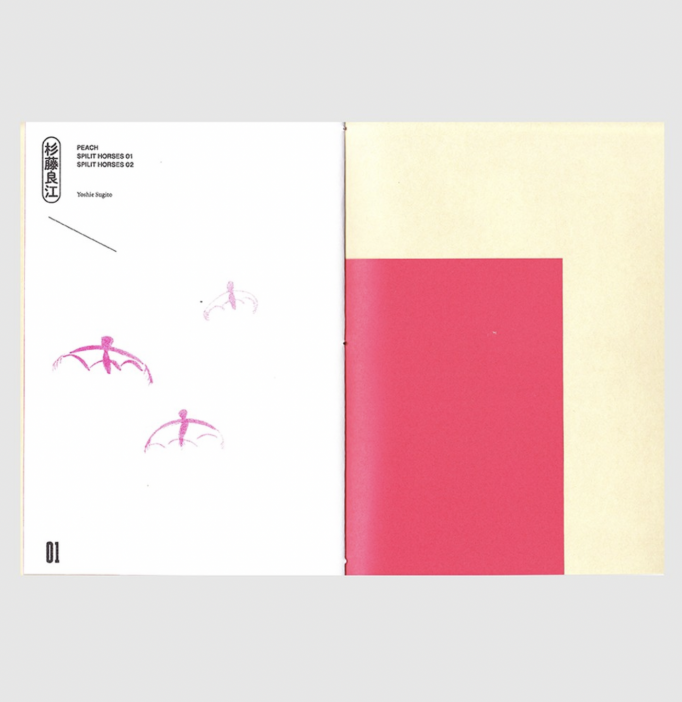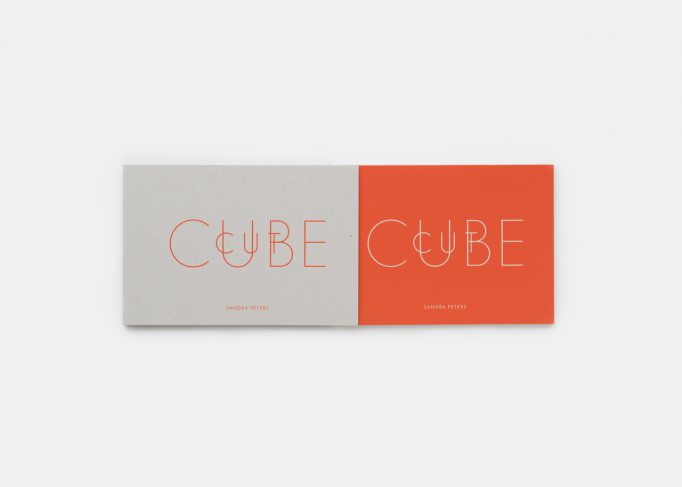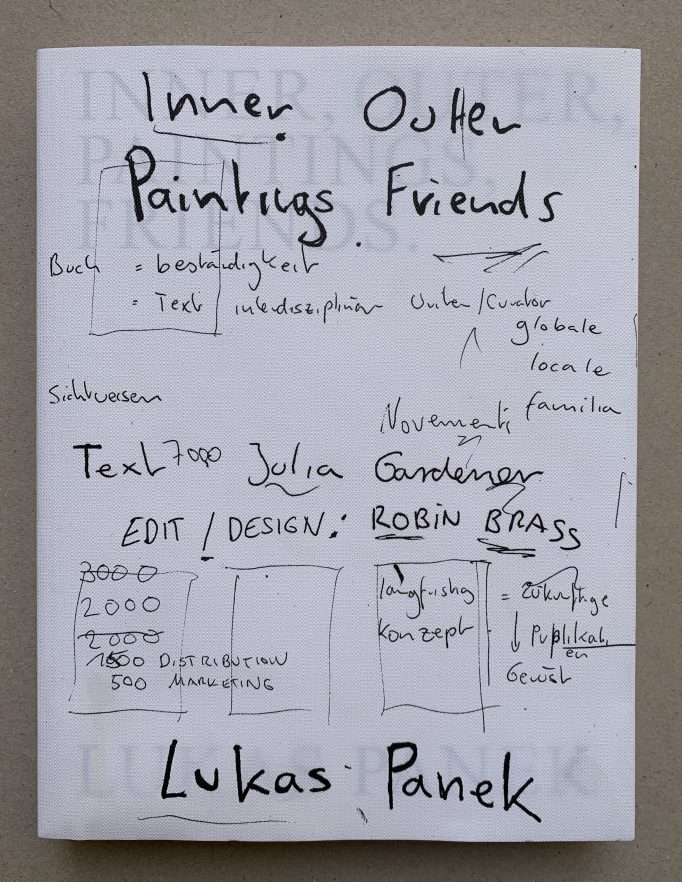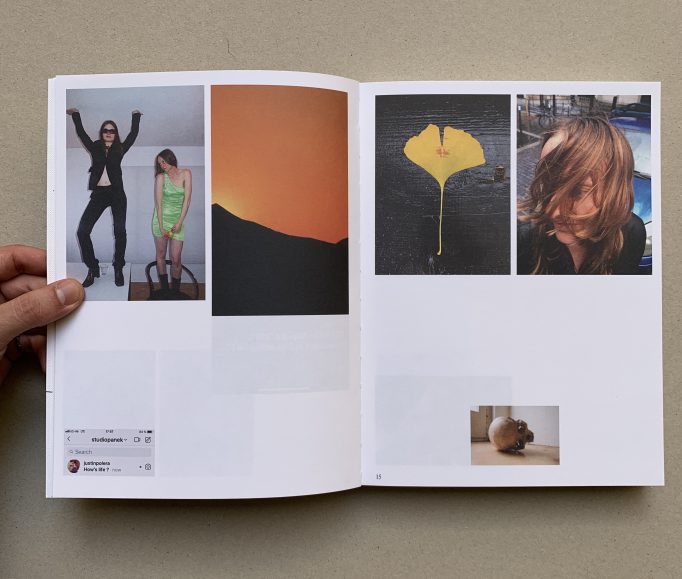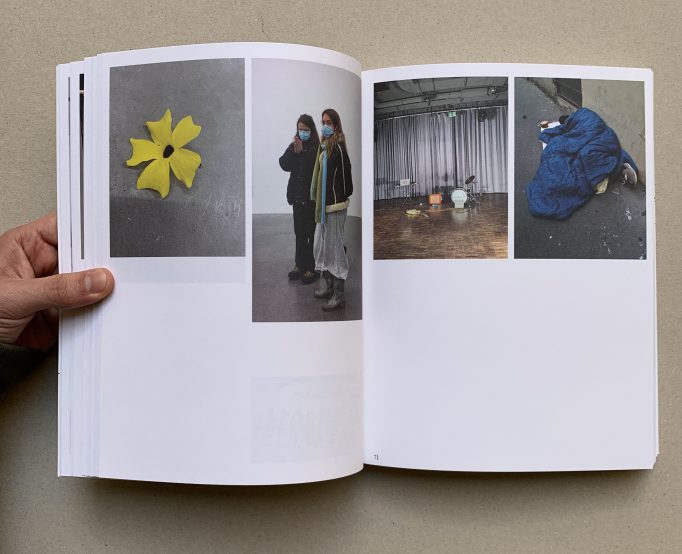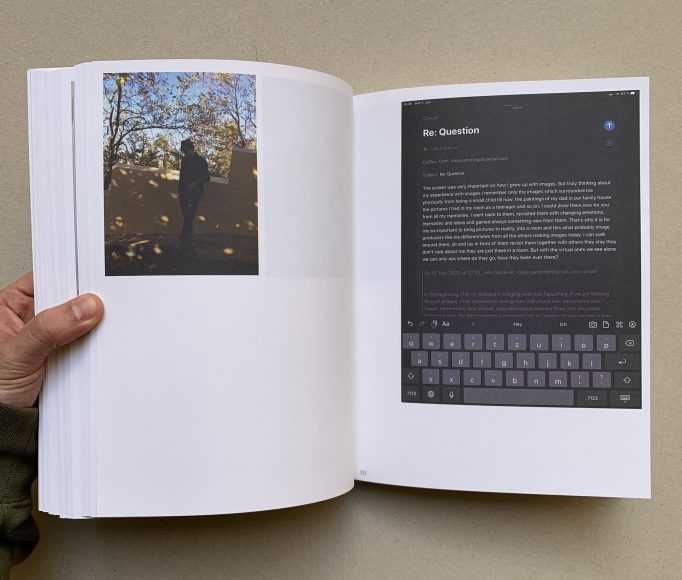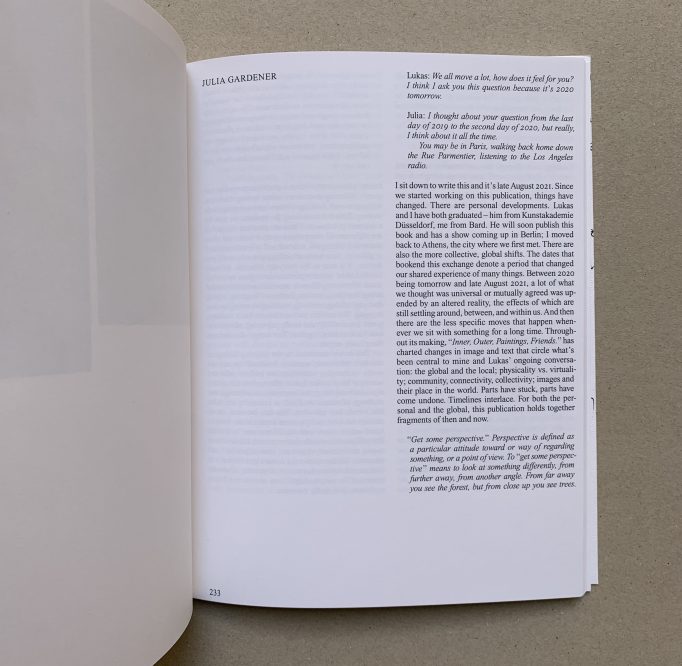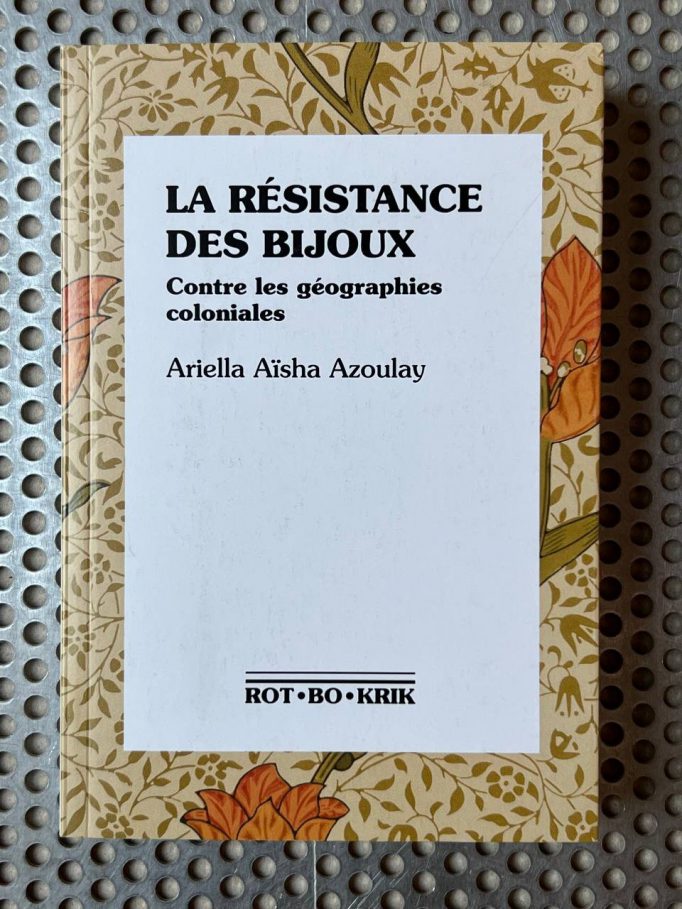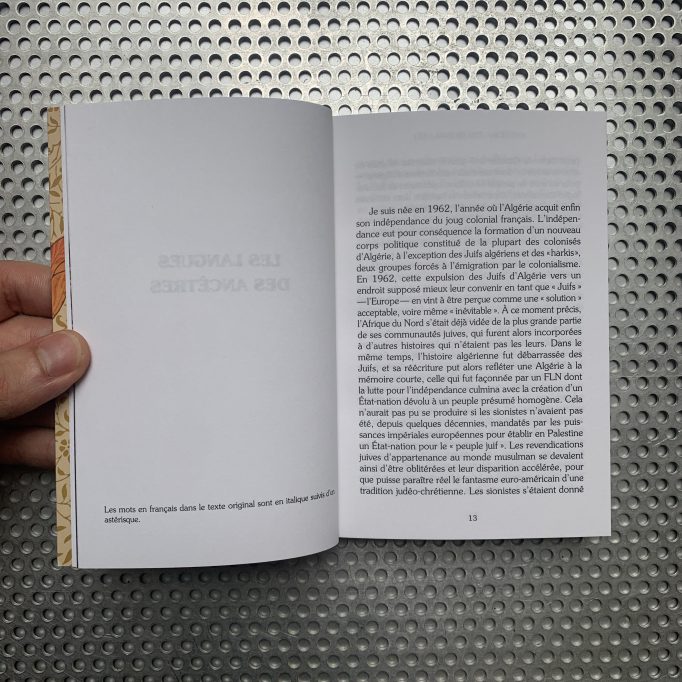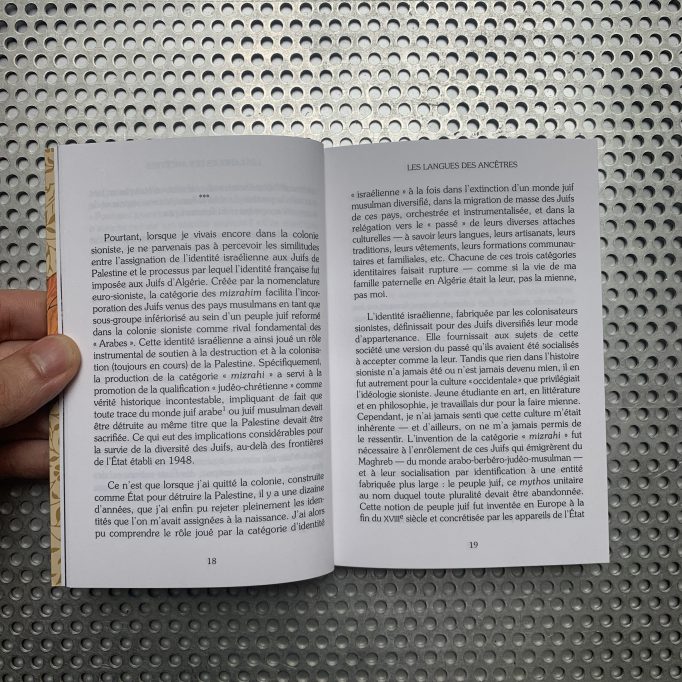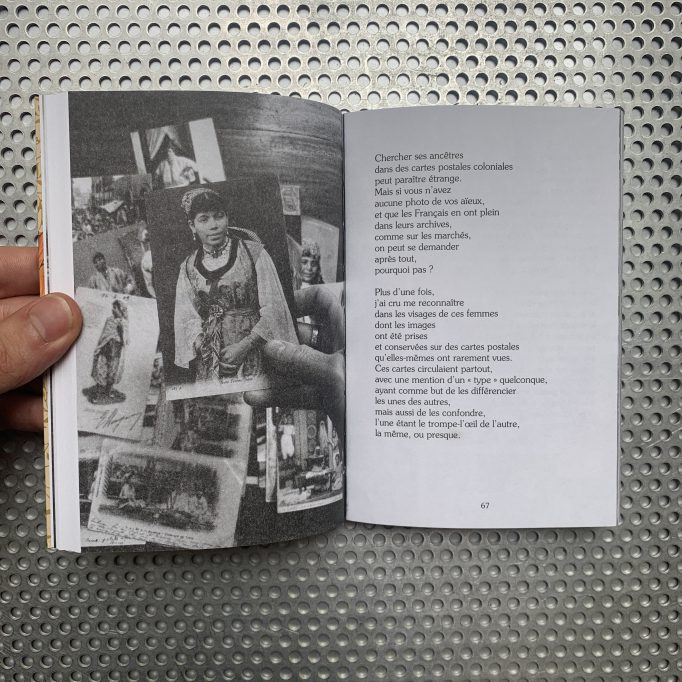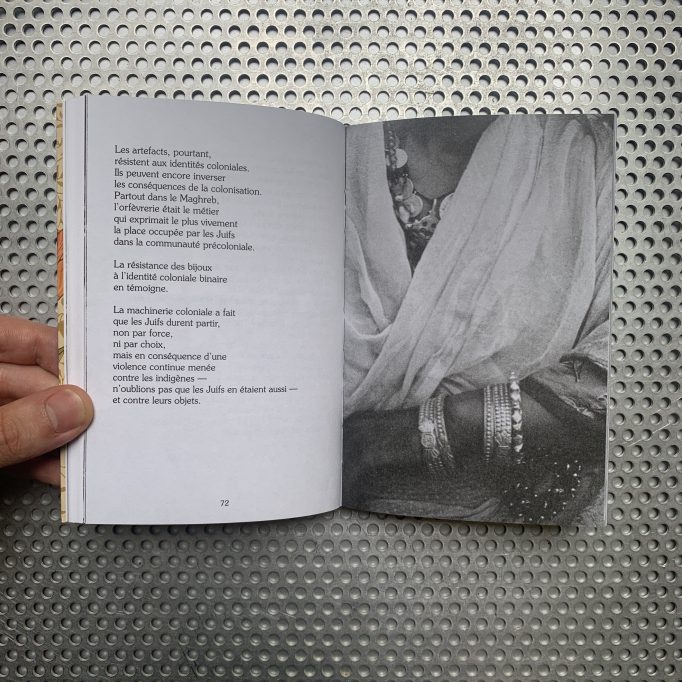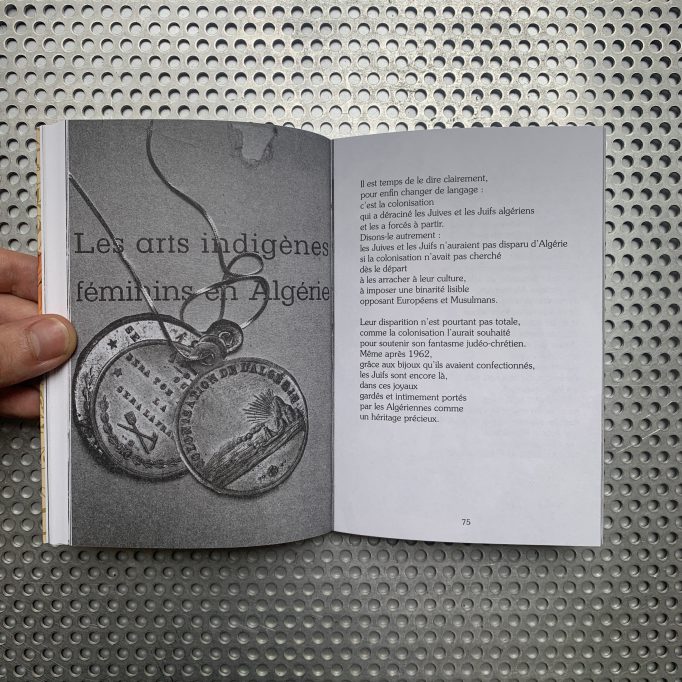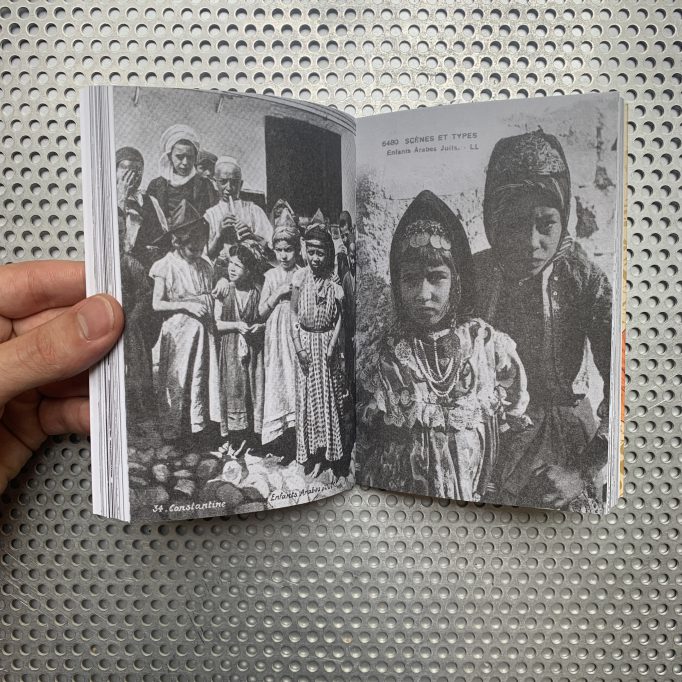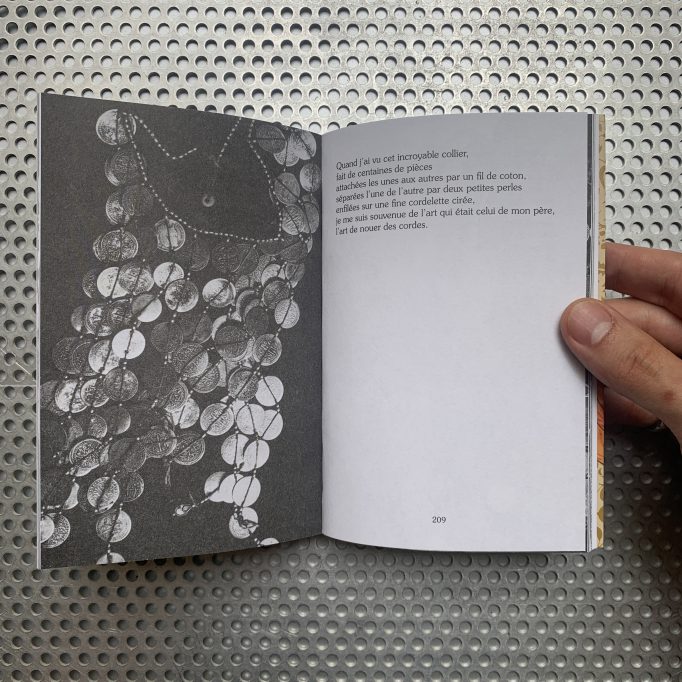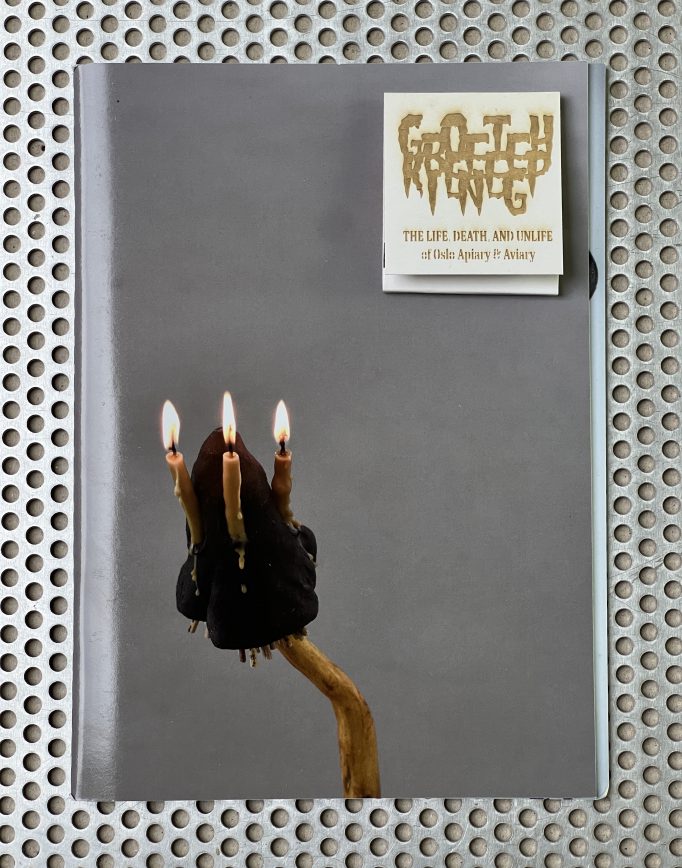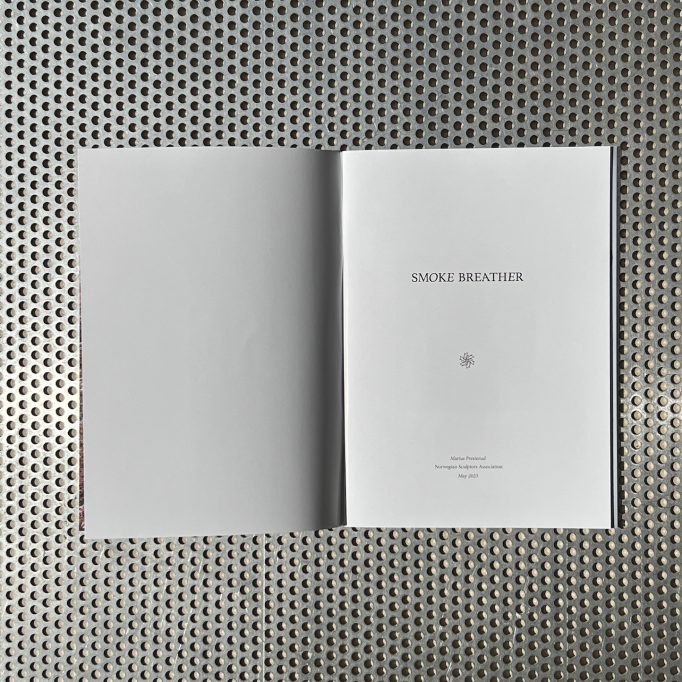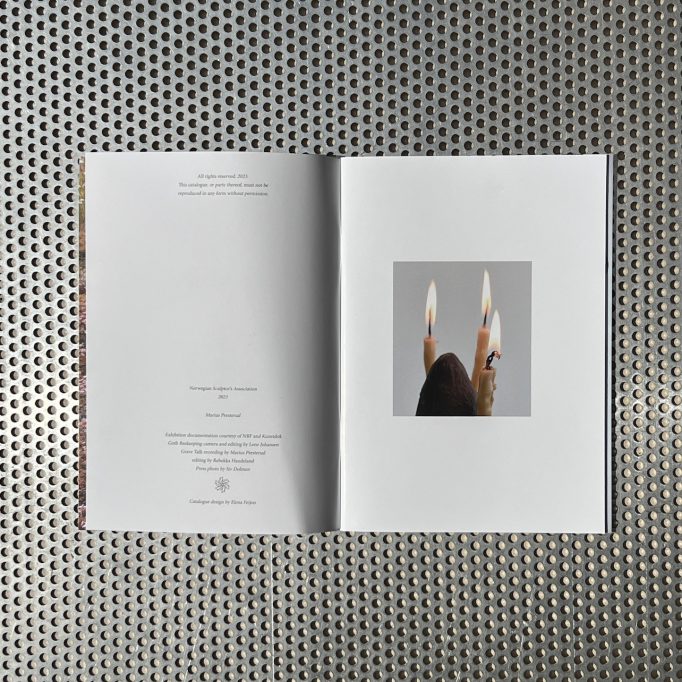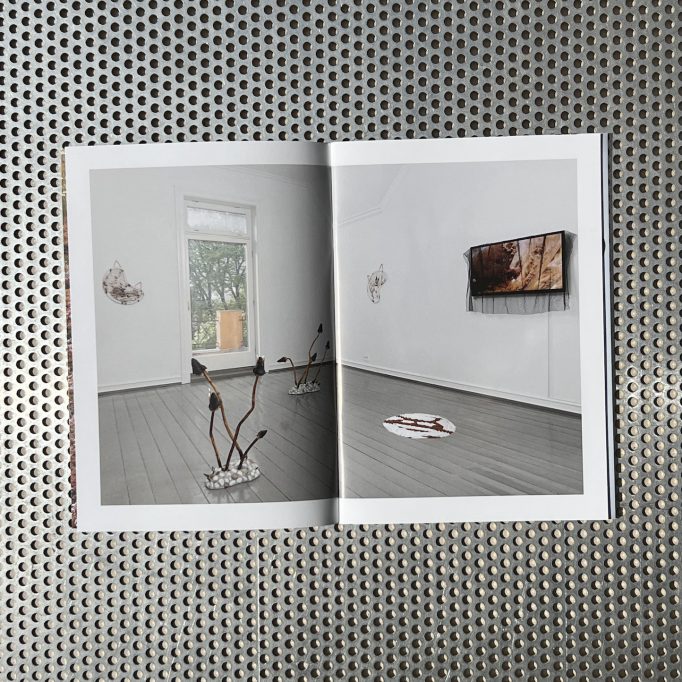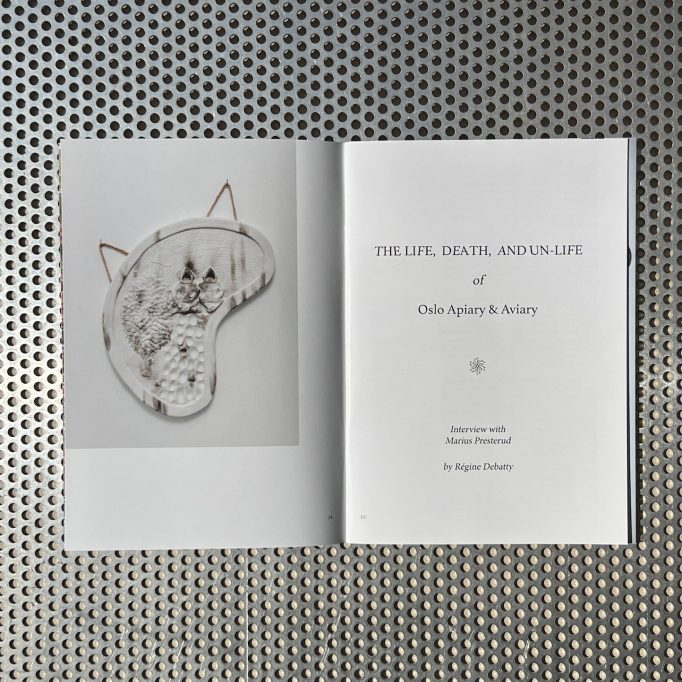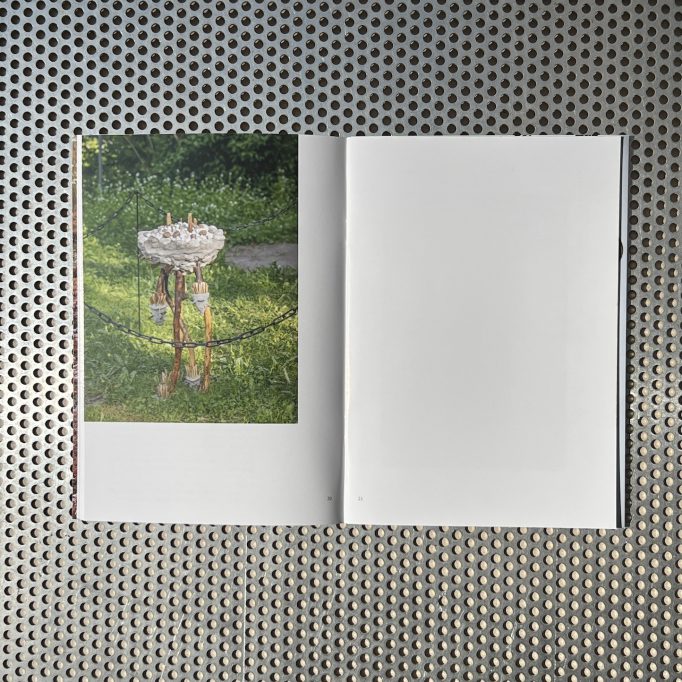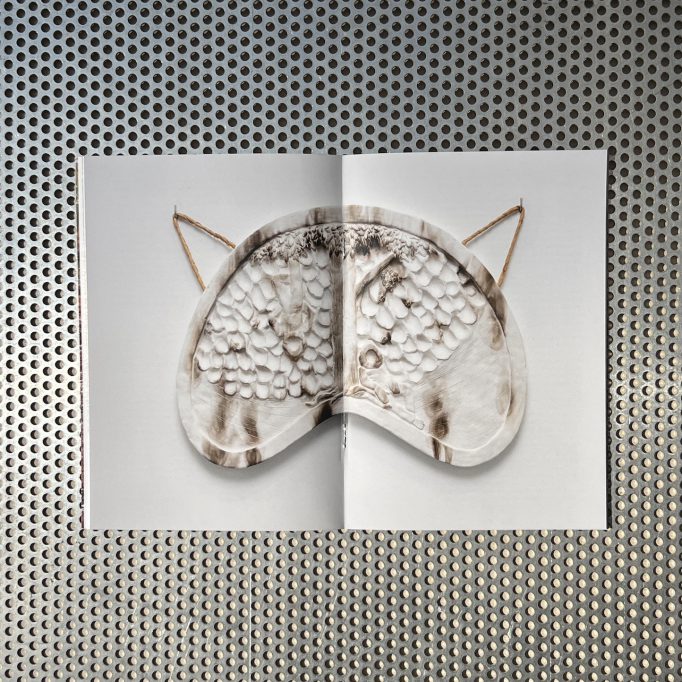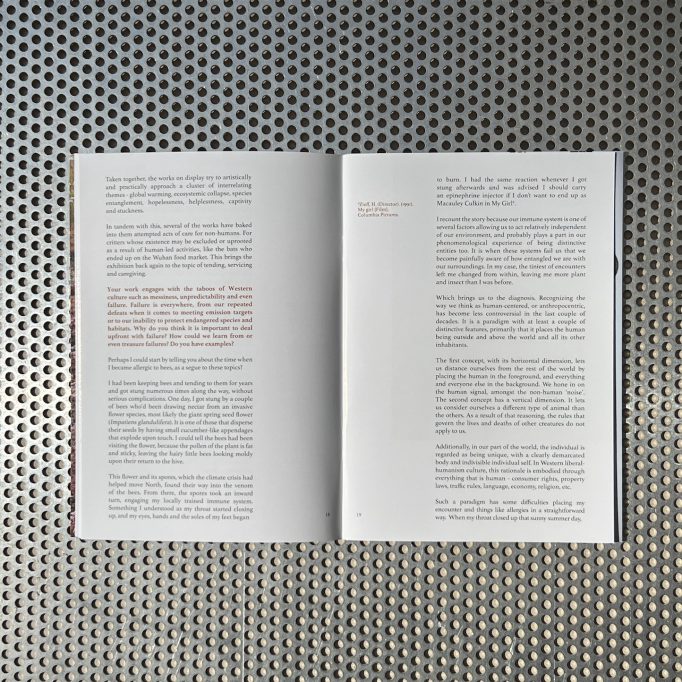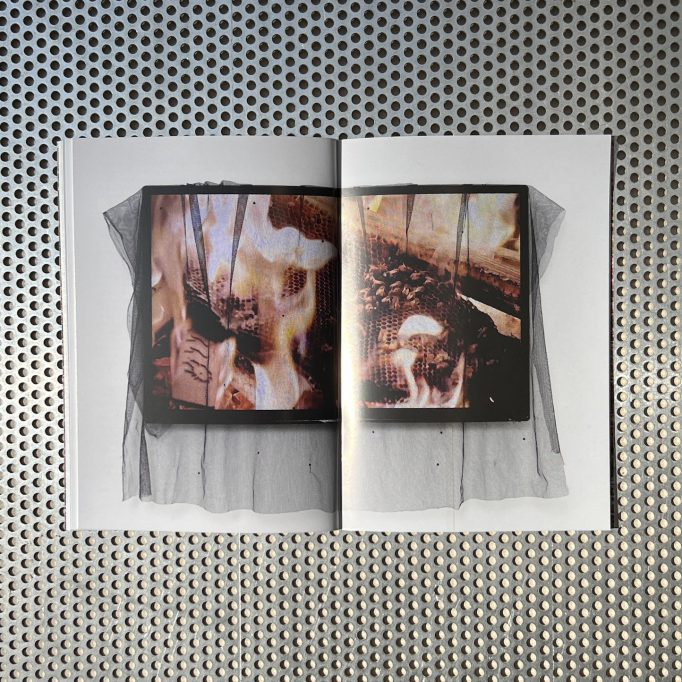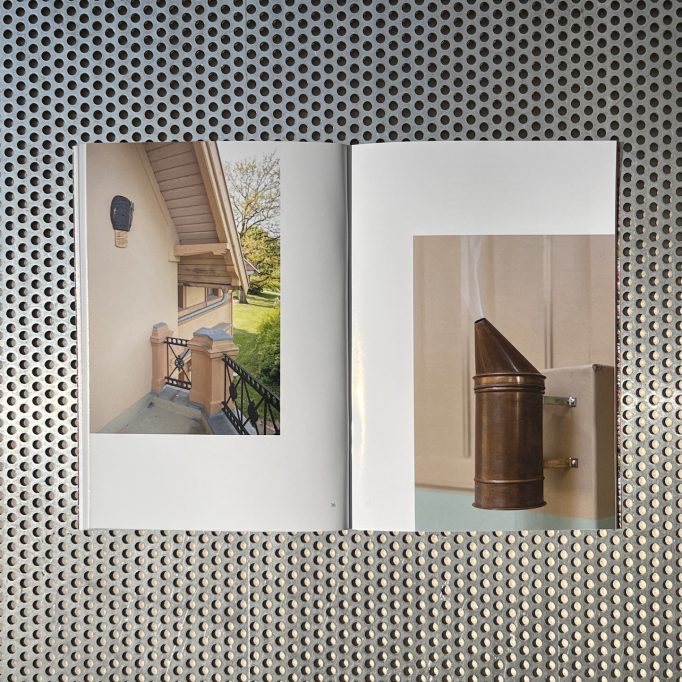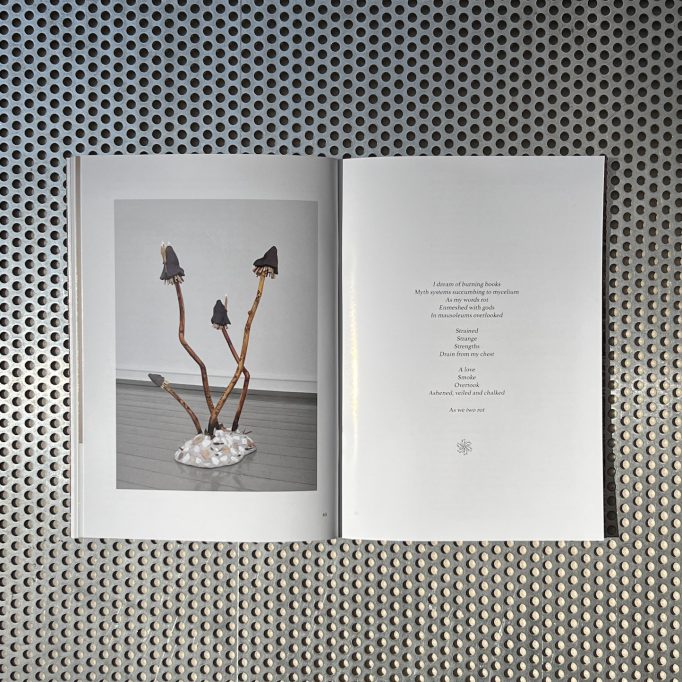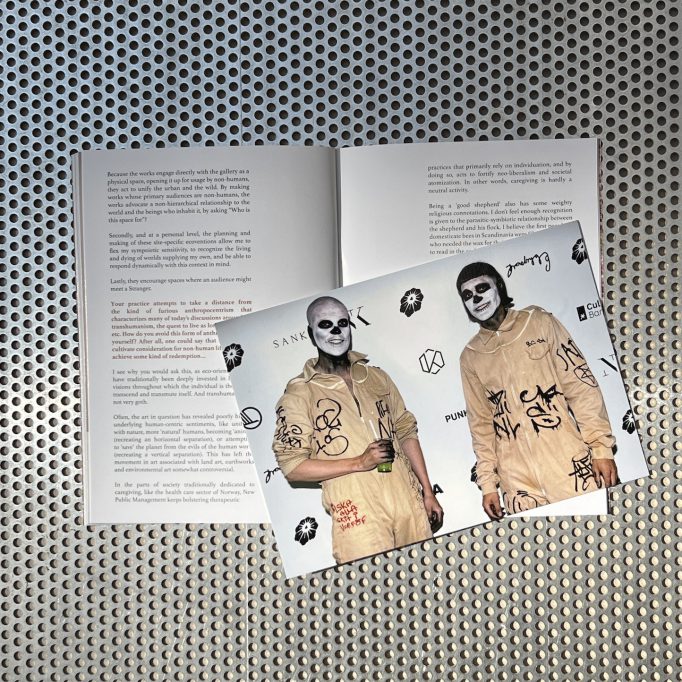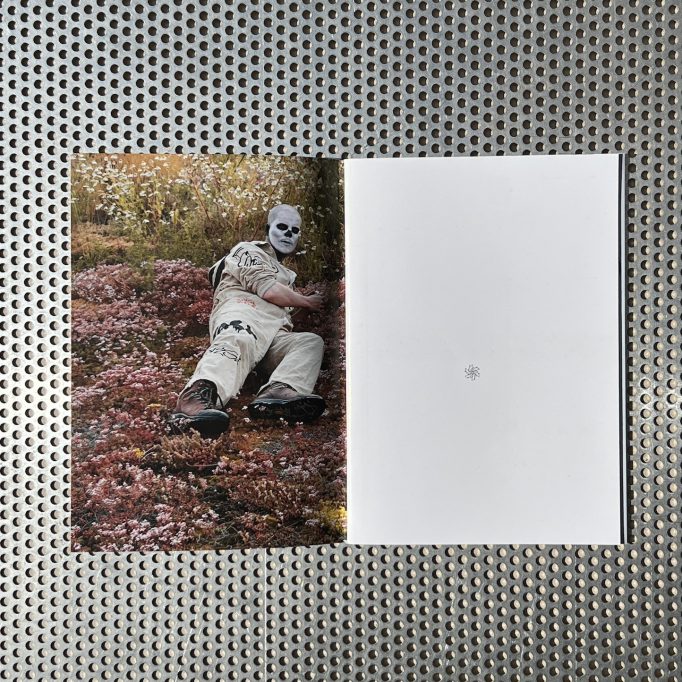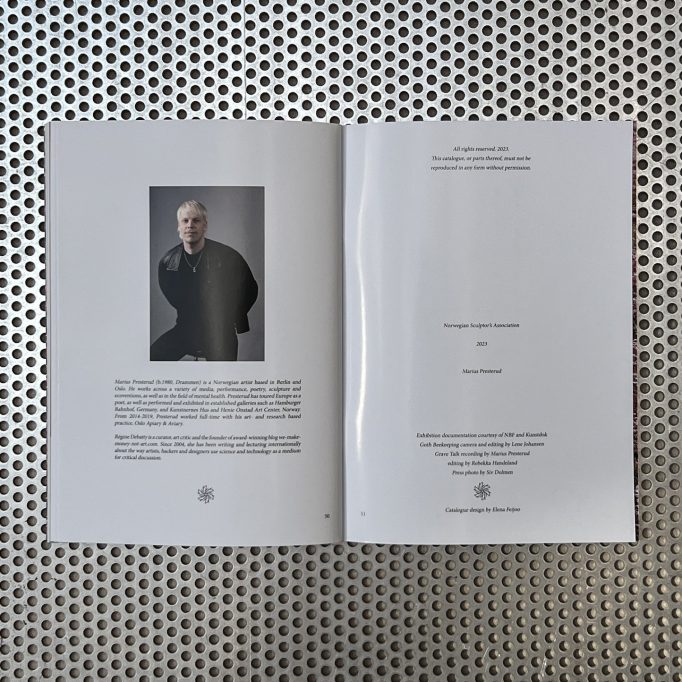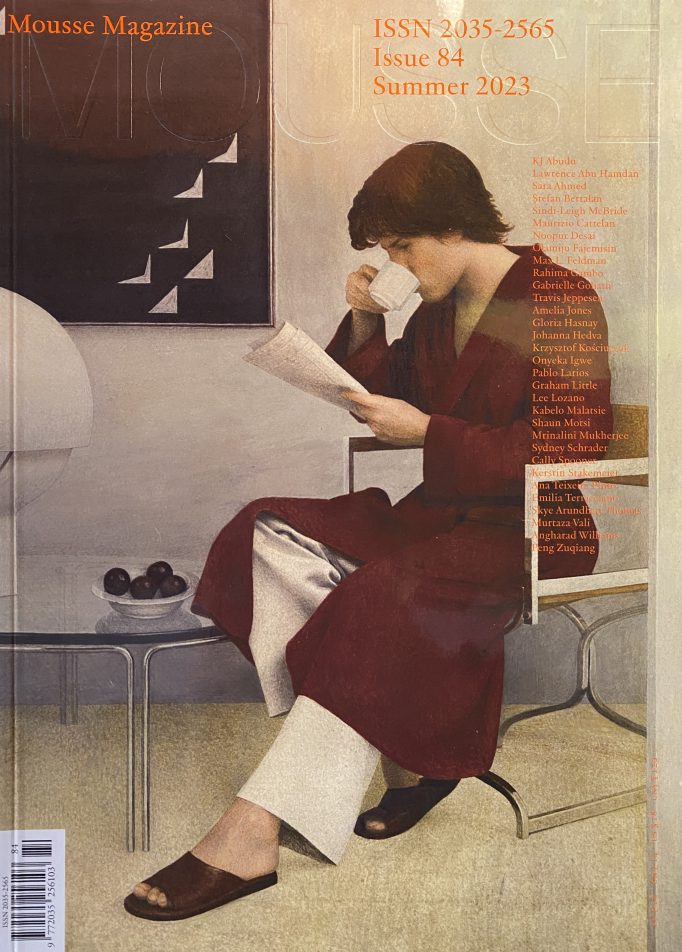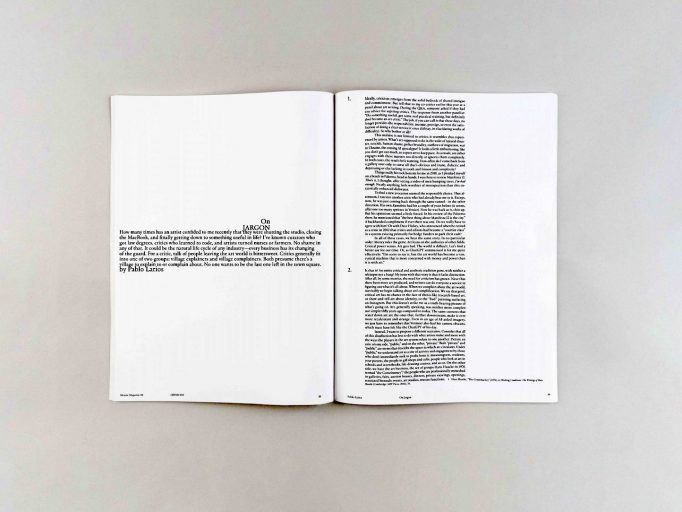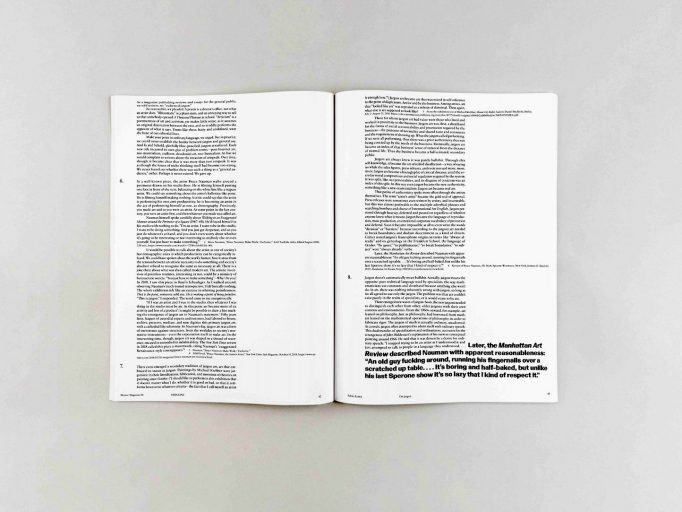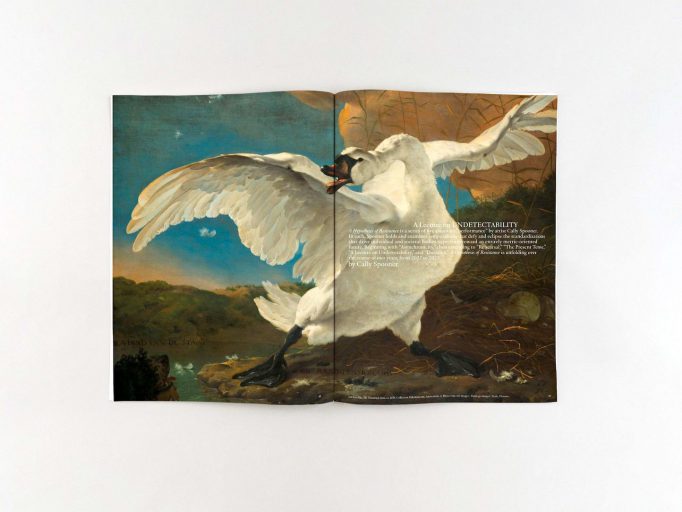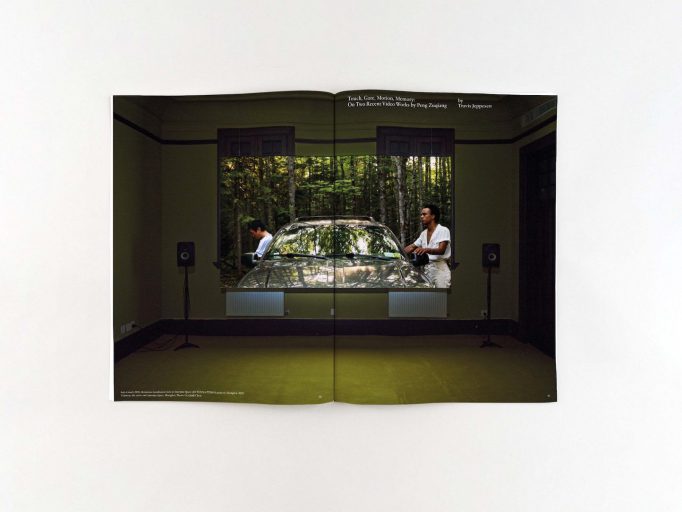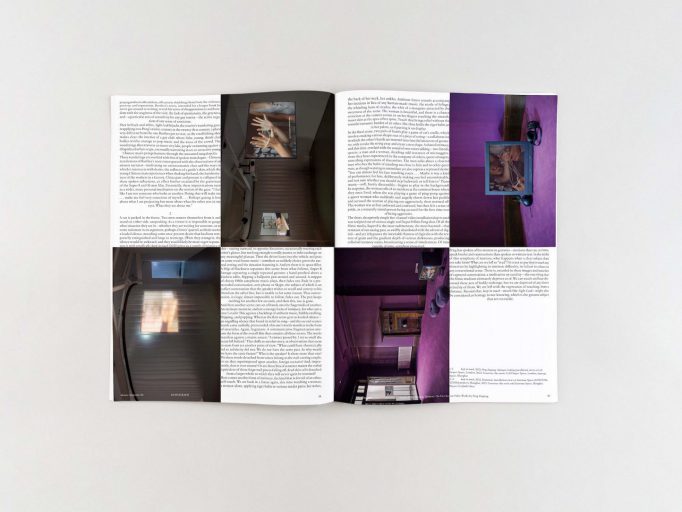KALEIDOSCOPE #42 SS23 – ART ♥ MERCH. Alessio Ascari, Cristina Travaglini (Eds.). Kaleidoscope Press
Posted in Fashion, graphic design, magazines, writing on August 22nd, 2023Tags: a new series of drawings by Aurel Schmidt (words by Sophie Kemp), Alessio Ascari, Also featured in this issue: American novelist Emma Cline (photography by Caroline Tompkins and interview by Lola Kramer), and Justine Neuberger, ART Merch, Bolade Banjo, Cristina Travaglini, Crystallmess, dancehall, Erwan Sene, film, Francesca Facciola, Italian punk band CCCP (words by Achille Filipponi), Japanese photographer Hiroh Kikai(words by Jeppe Ugelvig), Joshua Gordon, Kaleidoscope #42, Mathieu Canet., Michelle Uckotter, music, No Agency, Olivia Kan-Sperling, Olivia Van Kuiken, Rare Books Paris, Richard Kern, Takashi Miike, Tetsuya Suzuki
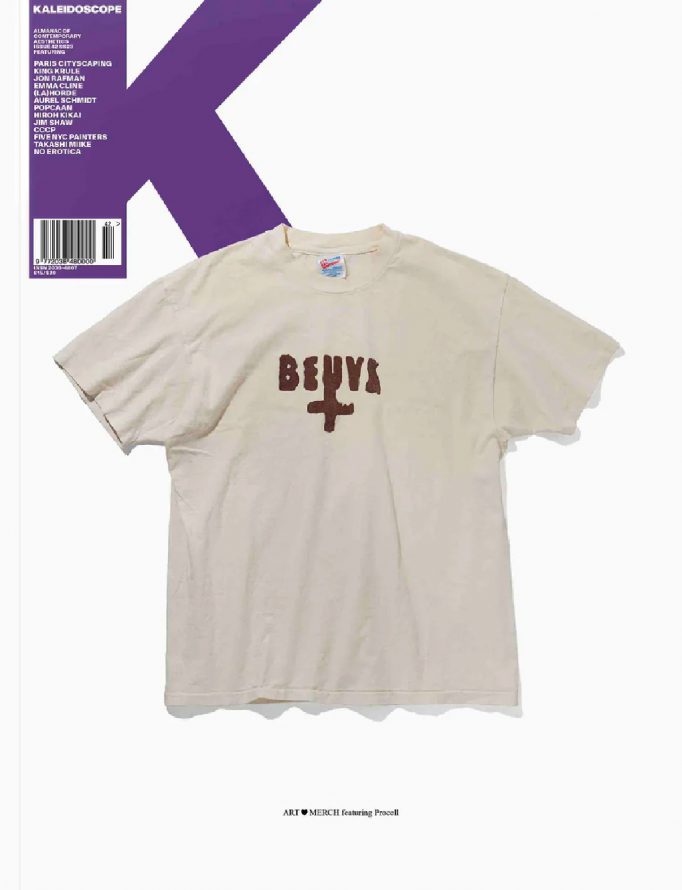
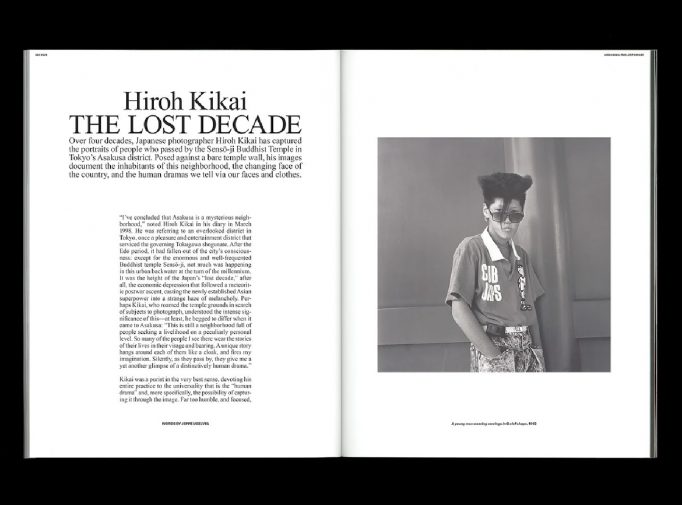

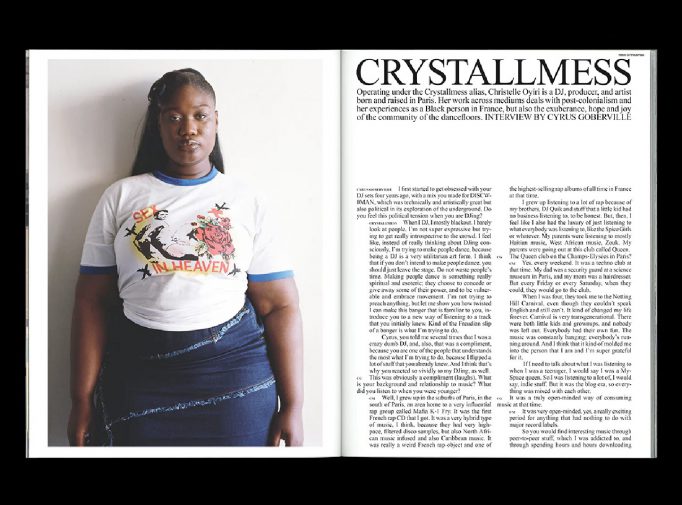
KALEIDOSCOPE’s new issue 42 (Spring/Summer 2023) launches with a set of six covers.
A decade after his howling debut album—released at only 18, preciously young and totally timeless—we captureArchy Marshall aka King Krule through the lens of Mark Kean. About to release his fourth record, he sits down with Cyrus Goberville to talk about becoming a father, his move from London to Liverpool, writing on commuter trains between the two cities, and lingering in the “space between.”
Shot in Tokyo by Joshua Gordon, Japanese director Takashi Miike has gained a cult following, both in his homeland and internationally, as a filmmaker of the extremes of brutality, sex, and gore. Through a transoceanic cultural reading by Tetsuya Suzuki, we get acquainted with the cinematic icon, who, despite over 30 years work in film, retains the ethos of the permanent outsider.
Inaugurating a new carte blanche format “outsourcing” an editorial segment to like-minded global creatives,“Upstate” features original photography by Richard Kern and an essay by Olivia Kan-Sperling, within a special insert (cum foldedtwo-sided poster) produced and designed by game-changing New York-based modelling agency,No Agency.
A photographic portfolio by Bolade Banjo captures Popcaan, Jamaica’s biggest dancehall star, in London’s Savile Row—with an accompanying conversation between Jamaican academic Carolyn Cooper and Anglo-Jamaican curator Carol Tulloch, discussing dancehall style and culture across the two countries, in its homegrown and diasporic evolutions.
Throughout an artistic career dedicated to examining America‘s iconographies, religions, and utopias, Jim Shaw has experimented with almost every art form. Shot by Max Farago in his L.A. studio, he talks with Hans Ulrich Obrist about drawing, painting, playing in punk bands, working in the movies, collecting ephemera, and chronicling his dreams.
If you can’t buy the painting, why not get the T-shirt? Featuring an essay by Patrick McGraw and a special insert by Procell, the trend repot ART <3 MERCH investigates the unstoppable rise of museum and art gallery merchandise over the past decade—the cumulative point of an economic and creative process that started with Pop Art.
In the magazine’s front-of-the-book section, through the lens of Chris Lensz, we trawl Paris’ arrondissements with a new class of multi-hyphenate Situationists who are making and unmaking the city. Featuring DJ and visual artist Crystallmess, book dealer and curator Rare Books Paris, artist and musician Erwan Sene, and chef Mathieu Canet.
Presenting a new A.I. generated body of work, Jon Rafman builds virtual worlds for the viewer to get lost within. In conversation with Jak Ritger, he reflects on the profound ways technology has affected human society, while also exploring the sublime, the uncanny, the ingenuity of human creativity, and the changing role of the artist.
Reenergising the classical forms of the institution with what they’ve termed “post-internet dance,“ Marseille-based collective(LA)HORDE departs from the exclusionary rigidity of the ballet with poetic, punk, and politically engagedworks. Words by Isabelle Bucklow and photography by Winter Vandenbrink encapsulate the power of real bodies moving.
Also featured in this issue: American novelist Emma Cline (photography by Caroline Tompkins and interview by Lola Kramer), a new series of drawings by Aurel Schmidt (words by Sophie Kemp), Japanese photographer Hiroh Kikai(words by Jeppe Ugelvig), Italian punk band CCCP (words by Achille Filipponi), and “Five NYC Painters”(paintings by Brook Hsu, Francesca Facciola, Michelle Uckotter, Olivia Van Kuiken, and Justine Neuberger, and words by Reilly Davidson).
Order here

